Ishar III - The Seven Gates of Infinity
By ValorianEndymion 0 Comments
Warm Tear!

… is a thing that is said in the Ishar trilogy (in the original text in French, “Chaude Larme”) used both a welcome and goodbye too, what actually means I am not sure.
The very first post I make in this blog on this site was about the trilogy, and those which read some previous post I made, might remember that one type of crpg which I really like it the first person grid based dungeon crawler, games like Wizardry, Might and Magic, Bard’s Tale and others (but specially Wizardry and its successors in Japan and Might and Magic). Ishar is in a certain way a game in this very style.
Returning to the third game now, for reason which I will explain later, sort take me in to a journey and even a rabbit hole later (or at least a funny curiosity) as I tried to put together my thoughts.
Since the original post were written a long time ago, I will do a little recap and also add more context to have a more complete overview, before we move to the third and final game. After all, you might ask, what was the Ishar trilogy?
Created by the French developer Silmarils (1987–2003), it was a series of crpgs and one of their mostly know games, alongside with other such as the Robinson’s Requiem and Transarctica. The series begins first with Crystal or Arborea (1990), followed by Ishar I: Legend of the Fortess (1992), Ishar II: Messengers of Doom (1993) and Ishar III: Seven Gates of Infinity (1994).
We are going to skip Crystals of Arborea for now, I have it and plan to check out better later, because, from what I read, it regarded as one of the first 3D games in a larger map. What you need to know is, that you have a party of heroes how have to find several crystals and return them to the correct spots to defeat the evil Morgoth (yeah some of the name in the game are very JRR inspired).
With this done, let’s move to the trilogy itself and one good spot to start it is main features shared in the trilogy:
First things first: sadly the game manual, while featuring everything you need to know, still it does a terrible job of explaining a lot, spells remain obscure and entire features maybe exist or not, as example, while the game have several character classes, whatever they do something different or not is impossible to tell.
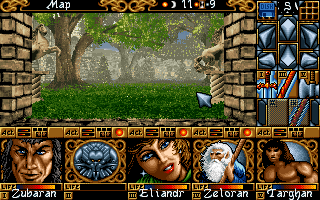
The trilogy uses a first person 3D grid base movement akin to games like Wizardry and one of it major features is that the pixel art they use is gorgeous and contributes a lot to the trilogy unique atmosphere. They use several very cleaver tricks that I never see used anywhere else, such as giving you the illusion of climbing (or going down) a mountain (remember, the map is flat grid based), by using unique art. Since this style of movement and art does not require the objects to be up to scale in size, they can play a lot with detail, even if the scale between character, monsters and buildings look a bit off.
Outside the world itself, the rest of the art is pretty good, even if it at times feel like mixed styles, most noticeable in the character portraits, where many follow different formats or styles. But the games sometimes use what appear to be digital photos for a handful of cutscenes, maybe scanned and traced over, starting at Ishar II, but in the third game, most art is will be in this style (and here is a little rabbit hole, but more of this later), still, they manage to make it look like it blends well with the general pixel art most of the time.
The second main feature, is sadly, one which suffer most for some oversight and lack of documentation, is how the player handles the party, because it is quite ahead of its time. Instead of creating characters (except in the third game), you often start with a single character (Aramir in the first game, Zubaran in the second) and in taverns and around the world, you can find npcs which you can recruit. Please note, that neither Aramir nor Zubaran, are essential characters, so you can remove or get them killed.
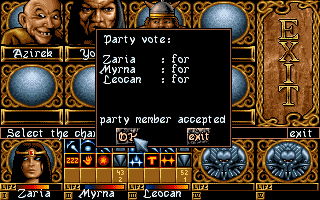
However, and here things got tricky and messy, each party member votes when either inviting or kicking out a party member. Yes, you don’t have direct control of that, which causes some problems, as in the three games there are spots where you need to add an important npc, but you can’t kick anyone out, because they often all vote no. Your only solution is often leading a party member to die, something which the party does not react upon…
But that is not all, while the games claims that party members can develop relationships, based on alignment, class and other stuff and even might refuse to attack certain enemies, sadly, lack of proper documentation, make it very hard to tell if this is actually real or not. What you can notice, is that each character has a Cohesion (in previous game it was called Party Spirit) stat, which does change, but I am not sure of why or how, all I know, is that they lose if you start to attack each other. At least one evil character, that you can meet way too early in Ishar I, can just hang for a while, until he leaves the party taking some gold with him…
This results in strange conflict, you have around 100 character that you can recruit, all with different classes and portraits, which you might think that the idea is to experiment around, likely hiring a powerful but obviously evil character while keeping in mind that he may leave you at any moment. But the voting system, plus the need to recruit main npcs almost goes against that. Also, when a character leave, they will vanish in thin air, as you won’t be able to find them anymore, maybe taking stuff with them, so watch out for that.
In all three game I have only once, see the party voting system working as I need it: When I need to open a slot in the third game, this time they voted yes. Keep in mind, in that occasion, I had around 60 Cohesion, and before that, the said character target for expulsion, Targhan, had, under the influence of Inversion spell, attacked the party. Of the four characters, only Thyna voted no, but she just joined the party moments before, so she wasn’t attacked. So I guess, yeah, the feature sort work, as they say with caveats.


Since I mentioned the movement scheme above, it might be worth to describe the combat, as I said, you move in grids and can find enemies wandering the map (they move in a limited range, I mean they won’t follow you forever), battles itself are in real time, akin to Dungeon Master or Eye of the Beholder.
While they can feel dynamic, they also from the usual problems which this real time format have: you are often required to quickly click to attack, use spells and so on (the game does pause in the inventory) and punished otherwise, while you can play around with spells, fighters are limited to just attack.
As you can move during battle and the best strategy is simple step back after each attack, since enemies maybe don’t follow you very far things get repetitive fast. The only major addition the franchise make is that you can place each of the party members differently, and this defines how you can attack or not and often is the key to make sure certain character are safe. The game also used an energy and psychic bar, the first is used by melee attack and the other by casting spells. Restoring them either require rest, food (energy only) and potions.
While early on, fighters might have a huge role, as you gain access to late game spells and more important, the resources to make lots of potions, specially the one which recharge psychic energy, you will likely really (and be much faster) just spam spells and forget melee combat.
Overall, the trilogy remains, specially the first two games, because the third, sort have its issues which I will talk later, high playable. The only sort of struggle you might face, is that often due to ambition, technical (in terms of game design) limitations of the period, the Ishar series suffer from a lack of guard rails, it is very easy to sequence break something or soft lock yourself. So I recommend, and the GOG version do come with them, playing checking a solution or walkthrough and some maps too. Because, despite all, those game are worth to check out.
Ishar I : Legend of the Fortress (1992)
Link to the original post: Ishar I
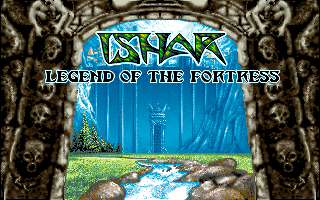
In the first game you are tasked by the spirit of Azalghorm to defeat the evil Krogh, the son of Morgoth who rebuild the Fortress of Ishar.
There is a clear sense of adventure, as you move more and more close toward the Fortress of Ishar, as you see the world unfolds before you, since each area sort have it unique design, there are both small settlements and huge town, plus dungeons. It is a simple history, but it worked, and it has it own charm, as you always know what you need to do, even if pieces of it might be unclear.
However, there is often a slight lack of guard rails, meaning that it is very easy to sequence break something or soft lock yourself and there are bits of “lunar logic” in the franchise puzzles, plus sometimes an unhelpful vagueness at times. Also, you might need to grind a bit, due to the fact that money is very important in the game early on, as you need to spend gold to even save the game along with other stuff. However, this does not last for long as you move, money become way less of an issue.
Ishar II: Messengers of Doom (1993)
Link to my original post: Ishar II

Once more you can feel the developer’s ambitions and ideas unfold, the second game tries a lot of things: as the story is more complex, the art, special the world art is improved. The whole thing about spend gold to save the game is also gone too.
The game stat with Zubaran, visited by the spirit of Jon the Alchemist, where he is tasked to defeat sorcerer Shandar, this will take you in a trip to several islands, each one with it own theme, from jungles to ice lands and even visit a sort of nightclub and much more. However, the missteps happen more, and the puzzles get much more plagued by “lunar logic” as sometimes the game expect you to do something way too specific, such as have X or Y in hand in a very particular hour and place.
Despite this, the game still amazing, but you might need a guide, even more than before.
Ishar III — Seven Gates of Infinity (1994)
The reason which I add the recap for this blog post is that I want you to keep in mind how the previous game look like and what they are trying to do, because the third game feel… weird or even slightly off. In fact, while writing this, I sort found a fascinating rabbit hole…
Technical Issues and Releases
At least in the version which I played, the CD-ROM release, available at GoG, the game crashes a lot. That was the reason why I didn’t immediately write about the game after I finish the second game. The nature of these crashes eludes me, it randomly happens, but sometimes it goes for longs period of stable time. This mean that to play this game I had to keep saving constantly.
I don’t think those crashes happen in the other game versions… well since I mention, I might well talk about this, so originally this was released for Amiga, Atari ST, DOS (first a version in Floppy Disks and later a CD-ROM version). Note that Mobygames does list late releases in 94, 95 and 99, by different distributors and even a Macintosh version.

Now despite all those releases, there isn’t any major different in the game, the only one, and it is very minor, is that in some versions, there would be some npcs wandering around, but you can’t interact with them, while in the CD-ROM version they don’t appear at all. Also, the intro in the CD-ROM version is a simple 3D animation of a dragon flying around, while in the other it was pixel art animation of someone leaving a castle.
Leveling Up
The second thing I need to mention is something really curious which happen while playing, you see, as the game allows, I did bring a party from Ishar II to the final game, and while it work… things get strange, two characters Grimz and Grimzel, had very weird portraits. I need to get rid of both of them anyway, for reasons of the plot (because I need later to add two main npc to the party), keeping only Zubaran, Zeloran and Targhan (fun fact, this name is a shout-out to a previous Barbarian themed game which Silmarils did before).
All of them started at level 24 (I mean even Grimz and Grimzel)…


… And they never level up, until almost the end of the game. Now you might think it because they are already at high level, but no… not even newly added npcs would not level up (in general all are at level 16). Except for a curious moment, where Targhan suddenly gained two levels (I think it happens after fighting against a bear in the first gate) but none else.
By the very end of the game, while visiting an area full of chaos warriors (I don’t know what the game call them, but since their shields bear a chaos sigil, here we go), suddenly everyone starting as gaining levels. While it possible to think that maybe the problem was that high level characters needed a lot of experience, but no, suddenly everyone was leveling up several times and their don’t appear to need much experience for each level, I level form 24 to 30 by just going in and back of the said gate in a short time.



I don’t know what happened, but it was a big issue, because, if you can’t level up, you don’t get new spells, and unless you bring a character from previous games, all npcs start only with the minimal spells. This does become a problem if you ever got hit by the Inversion spell, since you need to counter it, unless you want to end with your character attacking each other, and there is no other way otherwise.
One thing a lot of people say is that importing character or creating them is bad idea because they start with much lower stats that the npcs in the game.
Visuals

The presentation and visuals, for the most part, are still amazing, specially the world itself, between the day and night cycles and the art it makes the game feel almost nostalgic or melancholic. While it uses digital photos for npcs and lots of reused assets from previous games, it works very well, the main npcs, despite being a photo of someone in a costume, manage to overall blend well and there was some effort to make their sprites animated.
The CRPG book does mention that some npcs might, in the Realm of Arkania, tradition, begin direct inspired (or traced) in famous actors, but more about this later (and some funny findings), for now:
“On a funny note, the now-speaking NPCs are mostly digitised actors, like a bearded Mel Gibson or Dustin Hoffman.” Something which I suspect, as some appear very familiar, but I couldn´t figure out who was who.
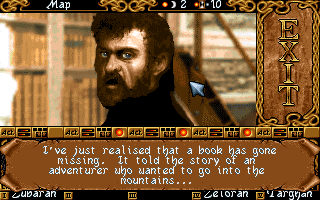

There is little to no music in the game (at least in the version which I played), save the theme inside shops and inns, which likely annoy you or get stuck in your head, leaving you with mostly with only ambient sounds.
The combination of these two elements, the improved visual and the lack of music, but almost only ambient sound does produce a weird effect sometime, it makes the main city and some outdoor areas look empty, not exactly creepy or anything, but strange… this is much less so in the main dungeon, which feel fine.




Overview, Previews and Reviews (at the time) and a rabbit hole…
The third game main plot is that the villain of the previous game, Shandar somehow manage to cast a spell which would allow him to reincarnate in the last great Dragon of Sith, but only in the correct moment, the player must find and defeat the dragon before that to avoid it. Meaning that there is a time limit, but it will never be an actual issue, since after around 80 days or more, and you like to finish the game way before that.
The overall main quest structure, is like the name suggest, based on magical gates, which appear around the main (and only town) allowing you to travel to the past or future and doing stuff there changes how the main town looks. Now you might imagine, due to the title, that it should be seven gates? Right?
No… There are only four gates, but each one might lead to at least two different versions of the same map with slightly differences, meaning you sort got eight maps you can visit, or better, you visit three maps, which have sections which you can only access in certain time periods, and one gate lead to actually two different, but similar, maps.

The adventure, in comparison with previous games, feel much more clear and linear, but also smaller and even emptier, despite the whole time travel angle, little happen or change most of the time. When side by side with other crpgs with time travel, such as Might and Magic II, which allowed you to travel to any period, even if only two or three had anything really to do or a later Bard’s Tale game, which also feature different times and dimension which you could visit or even Ultima I, which also feature time travel, this feel lackluster.
Then there are some weird oversights in the overall game, in one place you can easily soft lock yourself, because there will be four doors, but only three keys… you can imagine what could happen, because it happens to me. Stuff sometimes happen with no explanation, such as in one gate you will come across with a mysterious machine, which no one acknowledge or comment.
Other times, you got glimpses of what maybe look like ideas that didn’t make the cut, such a rumor which suggest that you might get access to some costume by giving the theater owner some wine, but this never happens. There is a bit more, after this section I will give a step by step detailed description on what happen in the game, but for now, let’s me finish this.
Here we go…
While trying to figure my feelings about the game, I decided to check out the reviews, to see how was the reception was, because while at first I imagined being positive (and that how I first write it), but I need to see if this as true or not. Moby game list of reviews show some curious results, reviews tend more positive in the Amiga version, with score around 7, the DOS version point way lower, around 6.3, mind this under a limited pool.
Checking said reviews is a bit more trick, many are in French or German and some were printed. Still, I decided to see what I can get and during the process, I had an idea: How about checking previews? Maybe they will mention stuff which was planned but not made real…
In fact, soon I find myself down in a rabbit hole, very fast:
But first, my main source was this site, Amiga Magazine Rack: https://amr.abime.net/amr_search.php?search=Ishar+3&mag_id=0&action=Find everything I mention here can be found there.
One preview for the Amiga Power 37 (May 94, page 31) written by Steven McGill, mention stuff like automap (which does not exist in game, well not exactly, the main site is mapped, and it marks spots as you find them), potion making (which already exist in the game), 40 spells (which already exist, I mean no spell was added) and… “special tribute to the residents of Perthshire”… given the “sarcastic” tone of the preview I can only guess it a joke… unless if it was there that they take photos for some of the backgrounds… it also mentions “animated film sequences and action events” (this does not happen)…
But in another preview for CU Amiga (Fev 94, page 60), in a small section of “what is new” I found again mention to the potion making, which already existed, mentions to being able to “develop your character abilities”, but what mean it not clear. However, they also mention, “you could always watch the film sequences that link the various part of the game”.
Are you noticing a pattern?
Moving on, in the same CU Amiga (June 94, page 54) magazine features an in-depth preview, written by Steven Keen, where things got even more weird… it features quotes by Louis Marie (I think they mean Louis-Marie Rocques, production director and one of the founding members of Silmarils, unless is someone else).
Please note, that Michel Pernot and Pascal Einsweiller are the trilogy authors, with Louis-Marie working on Production. Also there, François Gutherz appear was one of the graphic artists but went uncredited.
In the preview they talk about the digitalized photos, which we know it is true, but things get strange…
“Indeed, Ishar 3 features increditable graphics with the added novelty of photo-realistic characters”, the article, now quoting Louis Marie, continues: “All the character have been created by photographing real people and digitising them in the game. This gives the game an even more realistic feel and serves to draw you even further in the plot. You can create your own character and choose their appearance from a series of French models, who´ve been scanned in and digitised from professional photographic portfolios.”.

When I read this I was so confused that I had to open up the game and check the character creation, just make sure there are not some French models hiding in somewhere… jokes aside, what I found out, is a handful of unused portraits, the one which Grimz and Grimzel end if ported to the game, and maybe one or two. Curiously, Grimz portrait is one which only the Orc can have (but none of the npc you can recruit use), while Grimzel is one for humans, in the same way, no one in game use it. In the screenshot below, please ignore the lizard man, they already appear in the trilogy, there are two more portraits which stand out and look new, but I think you can find npcs which use them. Save that, all are already made portraits from the previous game.


Except for one thing I almost missed out, you see, when you start a game one option you have is instead of creating a party or loading one from the previous game, you can instead use the “Special Team”, which features unique character, featuring also a skeleton… Why they don´t appear in the game except that option is curious (However, I swear that Boromar appears...)
Also keep in mind, this is a full team, with high cohesion, and you will need to kick people out due plot reason, so…
While it is true that npcs, either the main ones, such Thyna, Malthus, Zoltar…. And even three of the enemy wizards which the player plus the wandering npcs (which does not show up in the CD version)., where all digitized photos of someone, so maybe part true, but… as CRPG Book mentions, a handful look like more traced over actors and also, not like from French models, but as it was said, Mel Gibson or Dustin Hoffman…
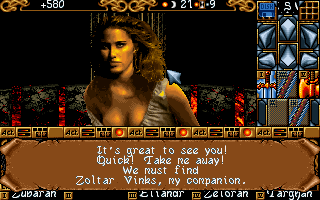



Also, what made me laugh is that it was said in the preview, sound like he is claiming Ishar III features a legion of French supermodels.
But that is not all, as the article continues, Louis makes some wild claims, “every one has their own personality and they develop as individuals as the game goes on. A whole web of sub-plots keep the game ticking along…”
This does not happen at all, not exactly, sure the party system exist, but it is vague and not well documented, there are no sub-plots or anything like this. Character creation it is very simple, choose a portrait, class and spend points in some stats.
This isn’t the end of the preview, there is more and thing got interesting: “Seven different locations appear in the game including, jungles, fortress, mountains and forest scenarios”. While, yes there is a jungle, forest, mountains, and fortresses, calling it seven, due to the way the gates and time work is a bit too far… to recap, there are four gates, each one take you to a map which depending on the time period, might have sections blocked or not. Except the last gate, which feature to slightly different maps.

Anyway, the preview continues: “plus, there are scores of indoor locations like casino, temple and taverns…”, no there are no casinos, no temples in the game, curious they don’t mention the library and theater, which exist in the game. Later the article, they return to creating characters: “Players can choose their own names, race, class, appearance and characteristic from over 100 difference personalities…”, you can create character but not of this hundred stuff happens at all.
That in-depth preview, was wild. When I first wrote this blog, I was about to mention, that I didn’t know if something happened during the game development, but I guess I might have an idea, even if I have no clue or proof.
At first, I think that maybe Louis did not lie, maybe that is how they (Silmarils) envisioned it, most stuff said isn’t fully wrong, and could be explained by some development issue, or it is simple exaggeration. With that said… then there is the time problem, remember, the game was released in 94 and the article are also from 94, so what happened? Like the game was months away from release, if that much, it was already finished, and he just made things up? Or they were still working on it? But let’s continue.
Ah, small note: one name that showed up in the previews in different magazines is Daze Marketing the company behind, in the UK for the game marketing (and maybe distribution). Also, all those magazines which I could check were from the UK.
Another in-depth preview, Amiga Computing 72 (APR 94, pages 128, 129) is a much more normal and accurate preview of the game, save, once more mentions of : “Something new to this new addition to the Ishar trilogy will be animated film sequences of events, which add a whole extra dimension of reality and atmosphere to the title”.
So, again this “animated film sequence of events” (by the way, it just me or the way it was written sounds weird?), this does not happen in the game at all, sure some npcs are “animated”, but outside the intro and ending, there are almost no cutscenes.
So, what happened? Did they (or Daze) make up stuff for the previews? There was planned stuff which got cut? I guess we never know, but I suspect a bit of both things.
While researching about Ishar III, I came across with a interview with Fabrice Hauteclare on the website Atari Legends (saved on the Wayback Machine), he was part of the Silmarils, working as musician and in the development some games.
12) What has happened to “Ishar 4”? I have found some screen shots on the internet entitled “Ishar Genesis”… Was it really in development?
I left Silmarils by the end of Ishar 3, So I have very little information. But yes, I did hear about the project, but that is about all I can say sadly. I guess you will have to contact André or Louis-Marie, if you really want to know what happened to that project ;-)
13) As a big fan of the Ishar series and in particular Ishar 3, can you tell me where we can find the character “Alkorh”? (It seems they have found his name and picture in the source code of the game)
To be honest, I played very little of Ishar, except during the test phases. In fact Silmarils had two development teams:
- One in the headquarters at Lognes (near Paris), with most of the employees.
- A second one near Nancy, with Michel Pernot and Pascal Einsweiller who developed the “Ishar Trilogy”. So I’m sorry, but you could ask them if you want to get an answer to that question ;-)
This was one of the few things I could find about the making of the game.
The actual reviews for the game mention none of the wild claims, not even the negative reviews, mostly complain about combat, plot and visual (those wandering npcs were the source of many complaints, make me wonder if that is why they got cut out in the CD version). On the positive side, they often mention the atmosphere. I checked the CRPG book, in the entry for Ishar trilogy, it describes the third game as disappointment, which is something I can see, but not exactly feel the same, or maybe I can feel i… it is hard to tell.
I guess my own feelings are more mixed more that anything else.
The trilogy itself is quite fascinating, both in it is origins in Crystals of Arborea and Ishar I, feel like a bit ahead of its time, presenting the player with huge worlds akin to, well, open world games. While Arborea would feature a dynamic system, where while the player is looking for said crystals the bad guys are also doing the same; meanwhile Ishar I had, even if flawed, unique party system, with an almost cinematic journey from west to east toward the said fortress. The second game, with journey in island hopping, might lack the sense of continuity of space, but it feels like a wild, even if confusing, adventure you are having.
This leaves the third game in a weird spot, despite your time travel adventure, it feels flat and short, the improved visuals in some aspects almost plays against it. The crashes didn’t help, but finding the weird previews amused me. I guess in the end, Ishar feel like a flawed, but fascinating crpg series with a unique atmosphere and some unusual ideas, however plagued by lack of guard rails and information.
I know, that all that said, would be very easy to just dismiss the game altogether, specially if you come with a more rigid definition of what a crpg could be (an angle often of exclusion and moving goal post), but that also mean ignore a good portion of the crpg past and even future.
After all of this, at last the final part!
Ishar III — The Four Gates of Infinity…. Spoilers ahead.
What will follow next is a close description what happened during the game, it might not be 100% accurate, based in my own experience and recollection of what happened (and the fact that I could easily summarize the game is what surprised me, because I can’t do it for second game), I did double-check stuff and names just to make sure they are correct.

The game main hub is the city of Koren-Bahnir, the city itself is huge, almost too huge, making navigating a bit annoying, thankfully, the game marks where tavern and shops are (but you still need to visit them to mark them down) and even during the quest, the game mark where you need to go. The city is divided in poor area, around a rich area (to enter the rich area you will need to buy a pass). Spread around the poor area, and way too close when the player start, there are a handful of respawning bandits, this will be your early source of gold and experience, but most gold. Problem is, you start with almost no weapons (if you imported the save, if you create a party, only one member will have a weapon), so hope you can beat those close enemies with just magic. Exploring around, you might find caches with more gold. As you advance in the main quest, the town does change a little, but very little, like a small addition to an area.
There are two more things I need to explain: first, enemies will mostly never drop anything (except the said bandits, which always drop gold), there are very few treasures around, mostly in the last dungeon and limited to throwing knifes, gold and small amounts of food. For the majority of the game, you will need to buy item in shops (since you can’t find them anywhere else) and keep track of which shops sells what.
Secondly, there will be a lot of things depended on time, but you have no wait function or anything similar, you can rest in inns for around maybe eight hours, but outside of that and a particular puzzle, you have to manually wait for the time to pass. There is a cheat code to pass time, however, something which I found out very late.

Anyway, your first objective, once you meet a mysterious figure which give your main quest, your objective is to find Typhus the Astronomer, which will require wine and then visit another mage’s pupil named Erkh Maltus and the mage itself, Mather Fudius, to visit the first gate. Please, note that you can soft lock yourself really easy here if you do things out of order, so watch out.
There is sort of the game only one side quest, which involves taking a package from one npc to another (remember the previews?).
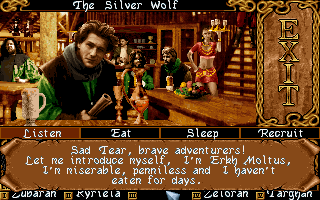
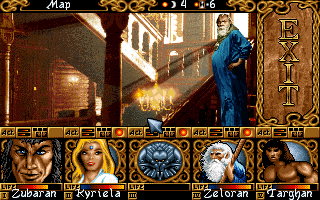
Time Travel and Tmeline
Since the game involves time travel, when I first wrote this, I had the text divided by section, one for each gate, with two numbers by side. This is the number which show up in the game UI when you access that map, the manual say it is the date “They allow you to access other lands, in the past or future. You can see the time on the top left icon.”
There is a small problem…
The manual also have a timeline of event of the setting, and the actual dates which gate take you and the timeline in the manual does not match up at all…unless the idea was to be a coordinate, but the manual itself got wrong…
Here is a summarization of the said timeline, a more detailed version appear in the manual, but keep in mind it does not feature anything after Year 1 or past Year 112. On each section I added a small text comparing those dates.
- Year 1 — This is when Crystal of Arborea happens.
- Year 33 — The manual mentions people of the jungle splitting up, with one part going to Arborea to found a city which later become Koren Bashir.
- Year 46 — This is when Ishar I happen.
- Year 47 — Here is when, Kendoria is turned in a archipelago, by one of the villians, which later become Shandar (the main antagonist in Ishar II).
- Year 62–63 — This is when events on Ishar II happens.
- Year 72 — Mention to a wizard name Malahar dies, and it is eaten by wolves in the mountains, with people trying to find his body and his magical belt.
- Year 99 — Thina is kidnapped (this will make sense later).
- Year 100 — This is when Ishar III start. Also, the manual mentions that a meteor shower happen during this year.
- Year 104 — Zoltar and Thina son is born (this will make, or not, sense later).
- Year 112 — Erkh is elected as governor of Koren Bashir. While this appear in the manual, and there is a npc named Erkh, this isn’t reflected or appear in the game.
Gate 1 (-73)(50)
As the first gate which you cross, it is horrible. It is hard to explain, because if you look at the map, it is a simple place, largely three open areas connected by small paths…
However…. If you ever played a game in this style (grid based dungeon crawler) and it features a forest or similar, likely what they did, is the tree are the “walls”, and open space, are well, open spaces. Not here… what is a “wall” or what is not, is very hard to tell, please look below, tell me what are “walls” and what are open paths? This look extra strange, specially if you look in a different angle, remember, this likely isn’t a 3d object, but a flat sprite or image.


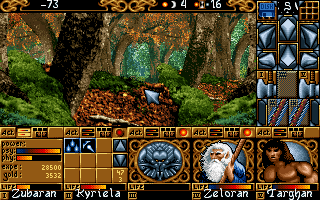
Spread in the map you will face wasps and a bear, but also, if you somehow can spot, there are mushrooms, which you can sell for a lot of gold.
Your objective here is finding a mage, which somehow turned himself in a raccoon, you will need to find him, leave and return, bringing him a potion, which another npc give you the recipe… But while you can find all ingredients in shops, one will be only available by a npc in one of the taverns.
Past that, the mage return to normal and promise to help you by giving you an amulet, saying he is the owner of the theater, you will never meet him again, instead you will meet his son at the theater (so keep the amulet to prove who are you), there another gate will show up.
Notes on Chronology:The year -73 is never mentioned, while year 50 is would be around when the villain in Ishar II would be rising to power around it.
The answer is B...




Gate 2 (-4322)(+3725)

The biggest challenge is that the portal is inside the theater, which only open after 20 hours, however the portal only show up even more later, so you need to enter and wait inside…
But once across the gate, the map itself simple. Here you mostly fight tigers, which drop skins that worth a lot of money (strangely this item, as you sell it, its value becomes lower). On your first travel, you will fight chieftain, this will be your first travel which causes the main city to change. The reason is weird and not very well explained, but the idea is that you just changed who exactly found the city.


Now there will be a park in the noble are of the city. On this park, there will be a rock with a missing a piece. In the manual, if you read it, you find mention of meteor shower at some point, this is a vague clue to go back to Gate 2 to pick up the missing piece (except that the date don’t match up at all). This is part of the quest is the one, which feel off, just go there and pick up a rock and put rock on top of the rock. With that done, the Gate 3 will show up in the park. Oh. before that, or maybe after this? I can’t remember exactly, you can visit the library for some clues and hints about a magical belt.
Note on the Chronology:The manual mentions the people of the jungle, at 33, while the gate take you first to -4322 when you fight the guy and later to +3725 to pick up a meteor, which does not match up, as the meteor shower happen in 100…


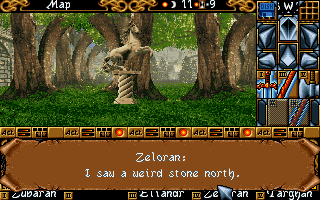

Gate 3 (-1432)(+2765)

This is like Jon’s Island (from Ishar II) again, hope you bought furs and some rope, because you will need, but that is not all, this is likely the first and maybe only difficult spike in the game. The polar bears pack a punch and the wolves have a very annoying ability to leap over your party, forcing you to change directions or get the back ranks attacked.
Note: I sort figured a very weird technic to avoid this: just keep spinning in place and quickly attack before the wolves get a chance, if done correctly, you move and attack before they can.

This gate feature one of the least explained elements in the game, your objective in your travels here, is to put two gems on a strange machine, which will come across as you play. Once done, when you revisit, the machine will be I guess broken and the gems gone. What the machine was, why it was there and why it will be broken is never explained, to make it very strange, while you will come across the first game during the previous time jumping, the last gem will be give to you by a npc with no major explanation.
In this place you will find some flowers, which are worth a lot of gold and a magical belt, who function is unclear.



Now a new section will open in the north-west of the city, but this gate open to different periods based on what time is it, something which again the game does not explain.
Note on Chronology: Again, the date in the game and manual don’t match up. Malahar, the person with the magical belt, dies in 72, while both date which you enter are wild on the past or future…
Gate 4 (580)(-9230)

Welcome to the game last dungeon, which you visit very early on, once to rescue Thyna and later to face the final boss. This dungeon feature the worst puzzles, but also, unlikely before, this is actual two, different maps.
Note on chronology (yeah, I need to get this ahead of the rest): Thina is kidnapped in year 99, but you rescue her in 580? Also, pay attention, if Thina is kidnapped in 99, how she and Zoltar had a son in 104? Besides, when you meet their son, he will already be an adult.
Your first travel here is to rescue her, things start fairly ok, as the map is divided in sections, the first one is easy enough, mostly dealing with enemies which look like puddles of water which will poison the party, that can be defeated if you time the attack right. Past that and an enemy which if you don’t move fast enough will make the party goes blind (for a while), but past that the first bad puzzle show up.

In this section you will be mini maze filled with poison clouds, there will be doors which only open at certain hours of the day and some clocks which change the said hour. It is an annoying puzzle, because unless you read a guide which point what door opens on what time, you have no clue on what to do.
Once that is behind you, and after some traps and enemies and there will be a chamber, this thankfully is a simple puzzle of finding the right stone to step on, so to lower the chamber where she is, avoiding throwing her in the lava. Note, that you can fail at this and I have no idea if you soft lock yourself, or the game play as normal, I guess not. But maybe you can just re-enter and redo the puzzle?


Once you are out (with her), you need to enter the palace, so she can meet Zoltar Vinks, for some reason, despite she begins right there, you can’t enter the palace, the guard delivers a rather vague dialogue about not begin right dressed.

Now, as I mentioned before, you might come across a rumor about giving the theater owner some wine so you can get costumes, and this make actual sense. But no, what you need to do, is go to an inn, sleep, because out of nowhere, Jon the Alchemist, will tell you where you get uniforms. Which feel weird, in the setting he was an important character, and often the person which gives your main quest. But here, he just shows up to tell where you can find something. Also, they keep changing his title, in the previous games, he was the Alchemist, but now they call him magician or sometimes a wizard.
To make it a bit more strange, when you go to the place where the uniforms are it will be locked, and the key is in a fountain close to the house, but how the player is meant to know this, I have no idea. Also, something which they also don’t explain, is that you need to keep helmets on the women in the party, in fact when you finally meet Zoltar to continue the dialogue with him, you need to remove the helmet.


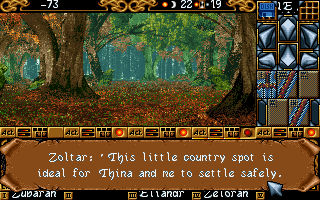
With all of this done, you go back to Gate 1 (year -73), wander around a bit until the couple decided to stay there, why they would stay in this nightmare of a map is beyond me. Return to the city, find two new npcs to fill your party. From there you need to visit Gate 3 again, to put the last gem (which the game give to you out of nowhere) in the machine and visit it again so you find it broken and gems gone. Again, it feels like something is missing… anyway…

After this is back to Gate 1 again (year 50) (but this time it is easy to navigate) to meet the son of Thyna and Zoltar and his wife, this is the best spot to farm experience, suddenly my party was gaining several levels and acess to all the spells. He will talk what it feel like maybe an idea for the plot, something about Shandar need to avoid him being born or something, but goes nowhere. What does happen, but you might don’t know, is that you need to stand close to his wife so she will cast a spell that the game claims will protect your party, but it is hard to tell if it does anything at all.
Oh, on this map you can find a Living Sword + 20 one of the best sword in game, I read that a Chaos Sword could be found in this map in the previous eras, but I never found it.
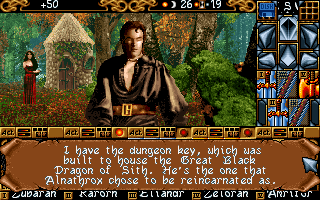


Note on the chronology (I need to repost this and add some info): 50 is a weird year, in manual mentions nothing on this date exactly, but the main villain in Ishar II would be rising to power around this date. Thina and Zoltar son born in 104. I guess the idea is that you changed time avoiding whatever the villian was trying to do...
Back to the city, I recommend you stock on ingredient to make potions which recharge your psychic energy and make sure you got one spell caster that can cast a cold spell.

You will visit Gate 4 (-9230) again, the map look similar, but it is different. There is a time-wasting puzzle, that requires you to unequip everything, to put it on scales (except one item, the glass you mix potions), if you do not do that, a trap activates and kills you as you try to move ahead. Once done, you press a button or something and return to the room to pick up and reequip everything.
Done this, following some minor battles you will return to a place like where found Thyna, again you will need to activate a path, but this time toward the dragon.Once there, you can at last fight him, he won’t move from his spot, but if you get near he will start to blast fire upon your party, so the trick is just keep away enough to spells hit him.

Remember I said, to stock potions? Unlikely the guide and CRPG book, which point that you can leave the dungeon, rest and go back, as the dragon won’t regain HP, I did something different. I keep Zeloran spamming spells upon him from a safe spot and refilling his psych energy with potions, until the dragon dies (also I kept another character casting a spell that revels how many HP the enemy will have left).
With the dragon defeated, the game end, the final cutscene plays and the game get stuck in a “the end” screen. Yeah, it does not even return to main menu…
Note on chronology: -9320 is never mentioned on the manual, I guess the idea is that with the dragon dead, Shandar can´t reincarnate.
Also on the intro the lore the dragon is black, on the intro is red and in the game it is green...
Silmarils
With this, the trilogy comes to an end, there was plan for Ishar 4, that end never happening, but you can find some articles and images about. Strangely, from what I read, some ideas would end in Asghan… a hack and slash game they released later.
Now, while researching this, on Moby Games, I came across to a link to Silmarils website, circa 1999, saved on the Wayback Machine (https://web.archive.org/web/19991008122947/http://www.silmarils.com/eng/jeux/ishar3.htm). There isn’t much there, it features a handful of solution to their own games and constant mentions to this:
“Important investments are being made in software engineering to produce the forthcoming games in global 3D and virtual reality: full 3D-Mapped-Lighted universes (interiors and exteriors), motion capture animation for jointed characters/monsters, multiplayer game over local network and internet, Windows 95/98 Directx support (including 3D hardware acceleration, and network playing), image/photo scanning, cinematic sequences including video (with actors), live speech recording, and ray-tracing sequences, etc”
On the section labeled “technology” they go more in detail about it, you can see it here — https://web.archive.org/web/19991010004858/http://www.silmarils.com/eng/techno.htm
I don’t know if anything came out of it, but that would explain a lot of the claims in the preview, if this was something they were planning all along, but keep in mind the previews are 94, this website is circa 99… Their late games were in 3D but, to be frankly, look quite terrible in every sense of the word…
In fact, people which follow AGDQ, might remember a game, Arabian Nights, which appeared in 2018 (or people might remember a video from Jauwn), an awful looking 3D platformer ala Tomb Raider made by Silmarils (on their website, at least until 1999, the game was called Sultan).
Silmarils itself would be around for long, after that infamous game they would release later “Les Visiteurs: La Relique de Sainte Rolande” and Inspector Gadget game. There were plans for Asghan 2, but which never happened. In 2003, they would end bankrupt.
This next part is beyond the scope of this blog post, but might be worth to add:
On that same interview above
“11) Are you still in touch these days with the people from Silmarils?
No. It has been a few years since we last spoke. They went on to create a new company called Eversim after Silmarils was closed down.”
In 2004, Louis-Marie and André Rocques, the brothers which found the company, would found a new company Eversim, which focused on “political strategy games”, they still exist today, but the games, don’t appear to be very good… a quick glance in the Steam page reveals an almost entire catalog filled with mixed or negative reviews…
And with this this long post is over. Hope you all enjoyed.


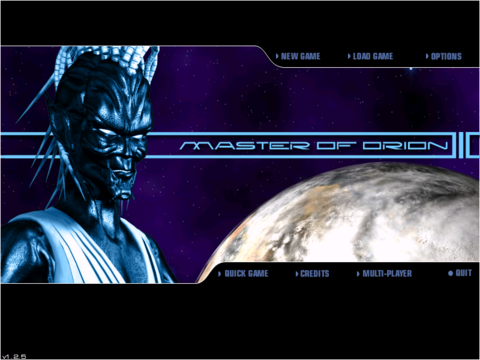
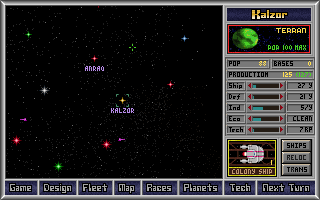
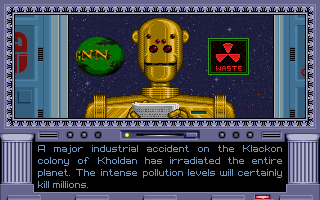
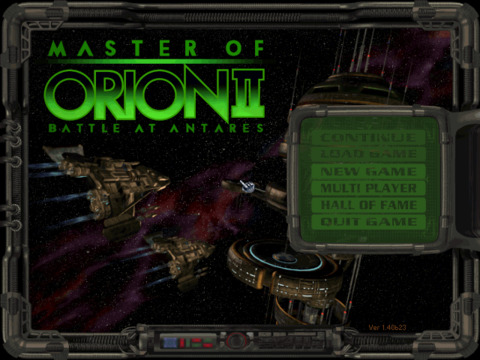

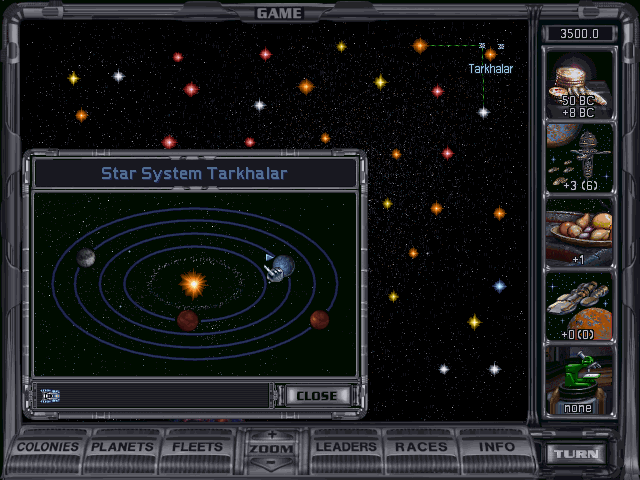
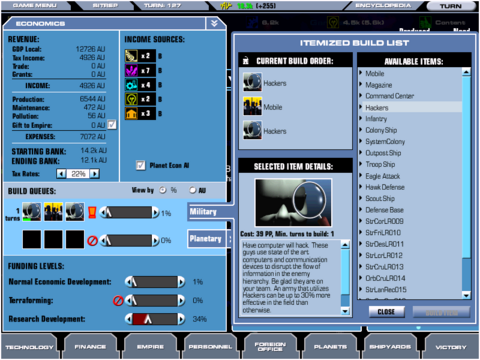
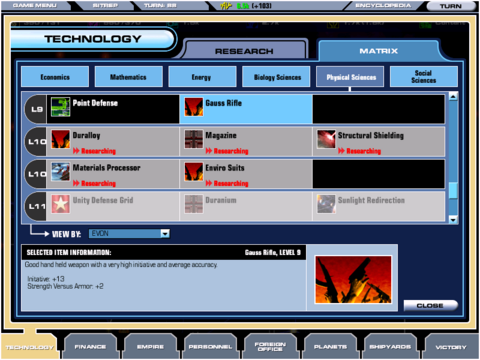
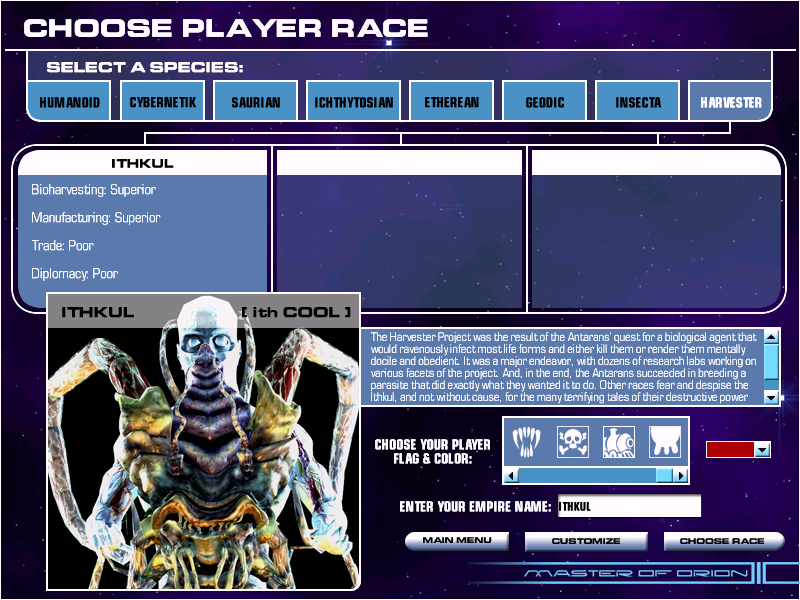
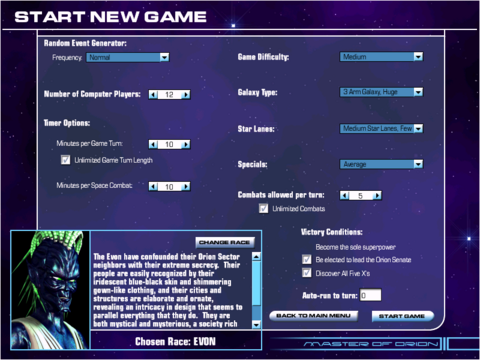
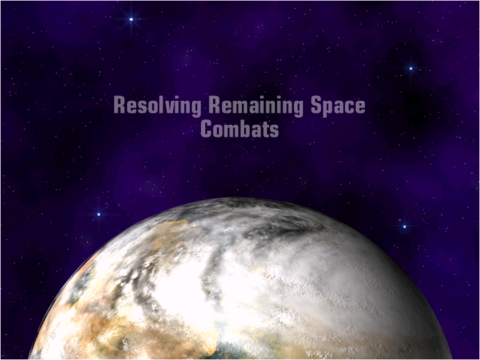
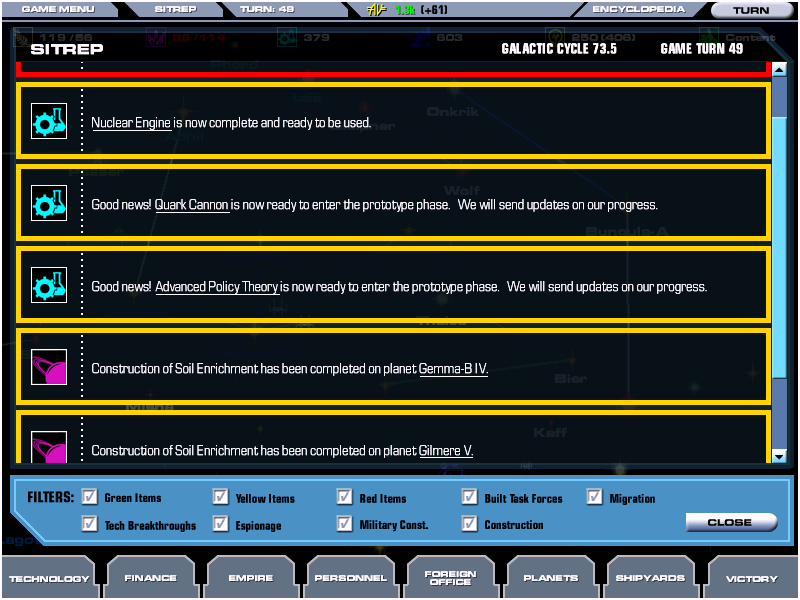
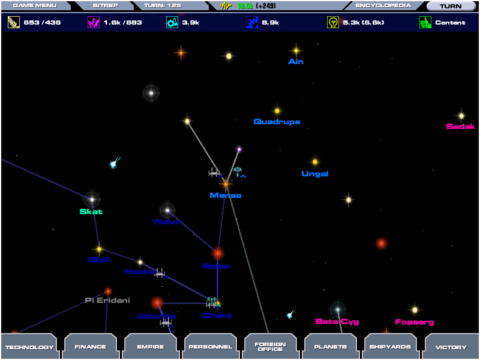
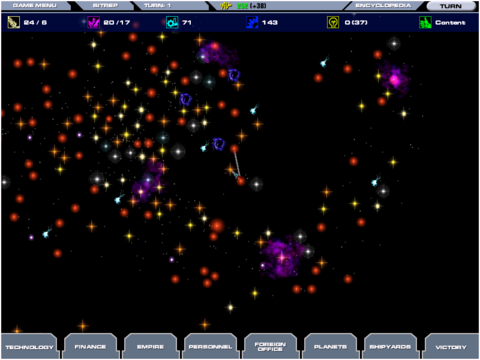
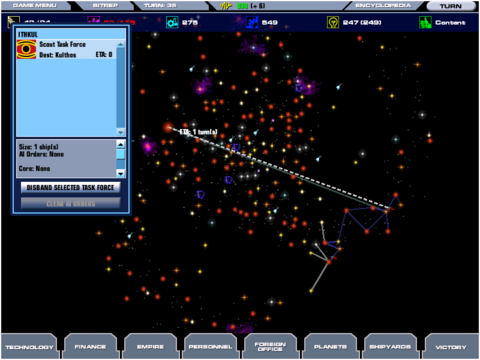
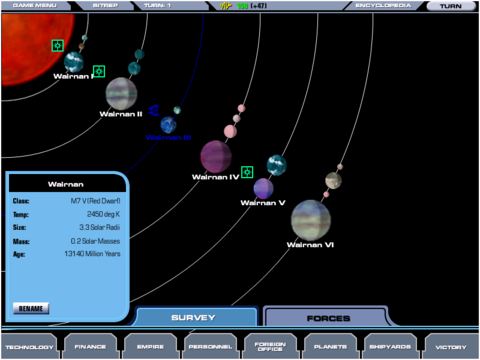
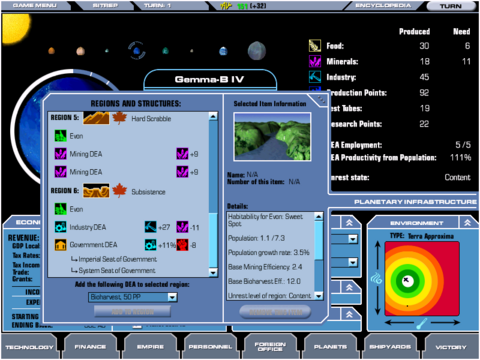
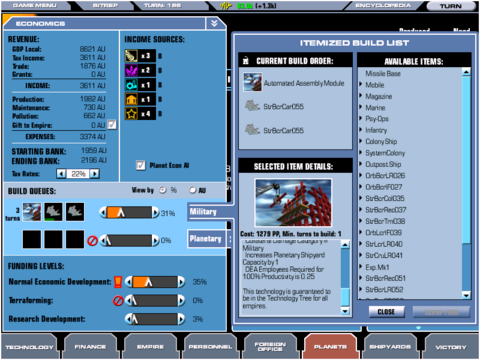
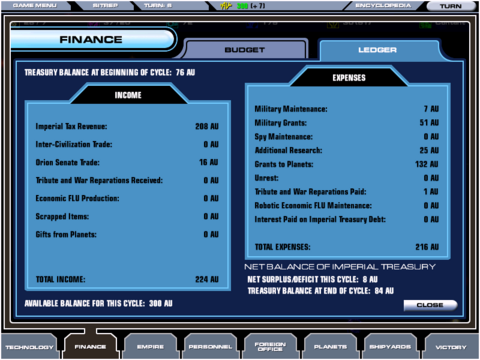
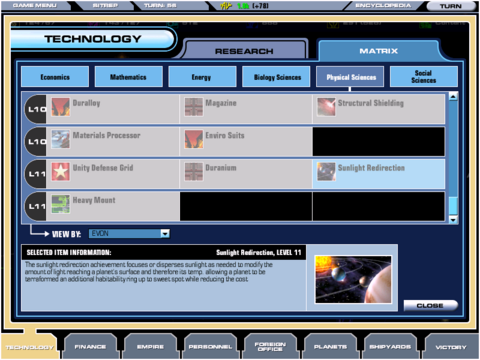
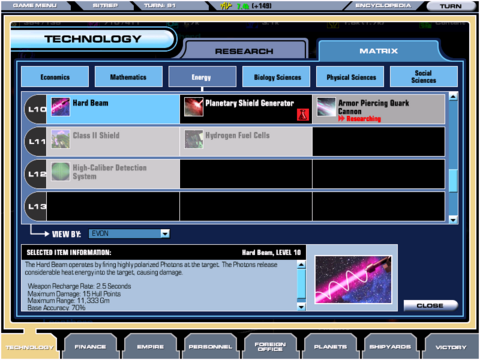
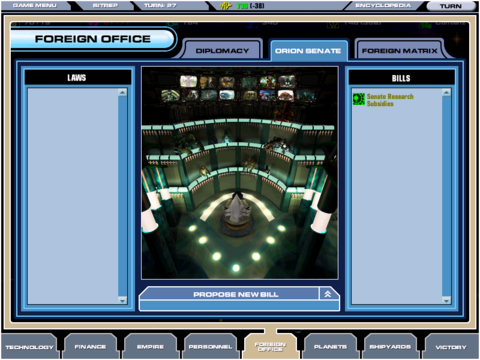
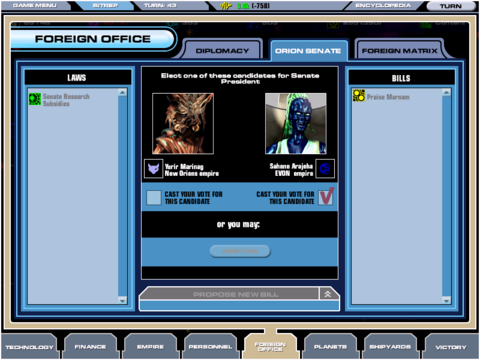
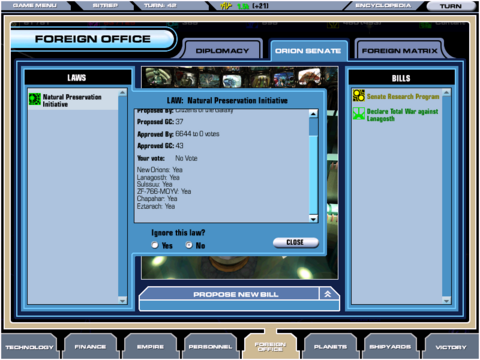
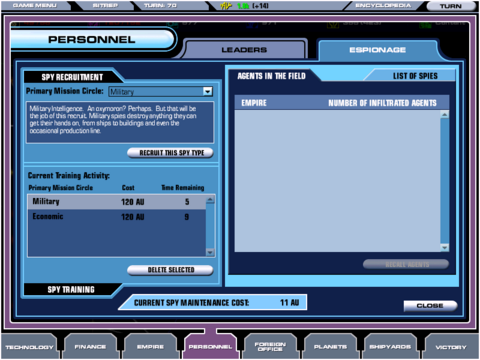
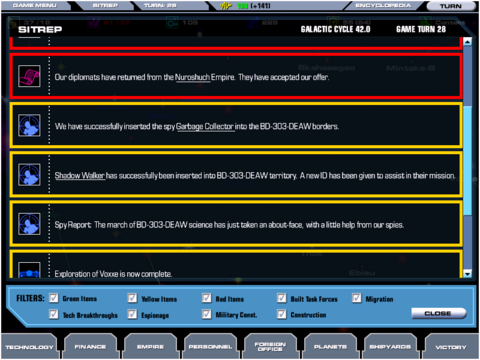
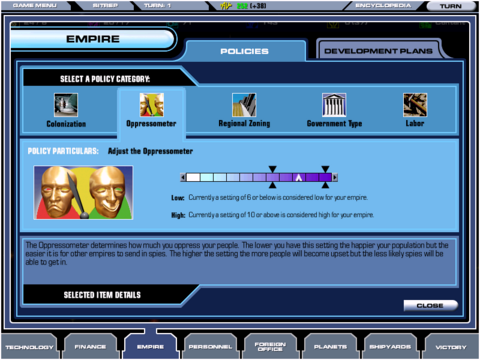
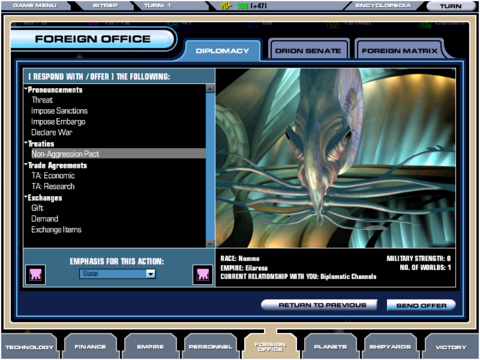
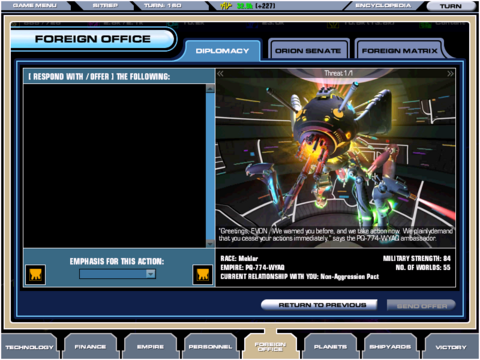
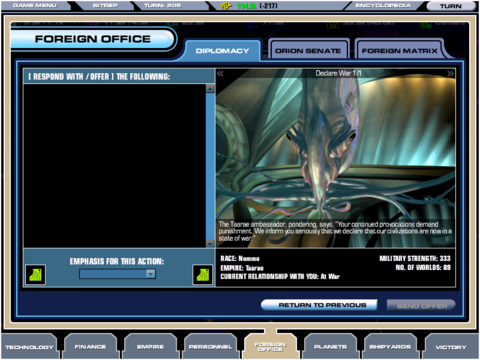
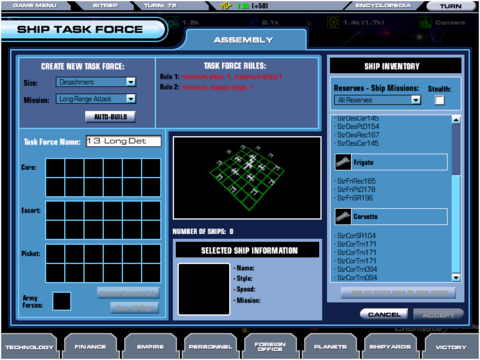
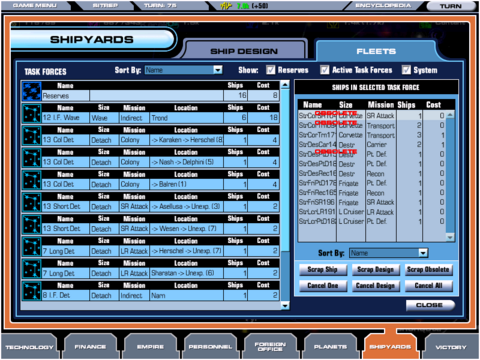
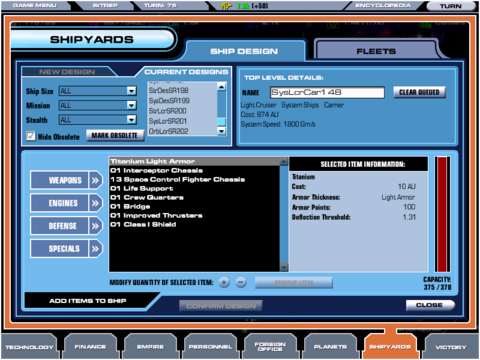
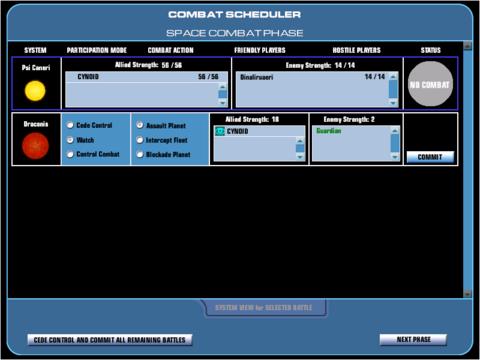
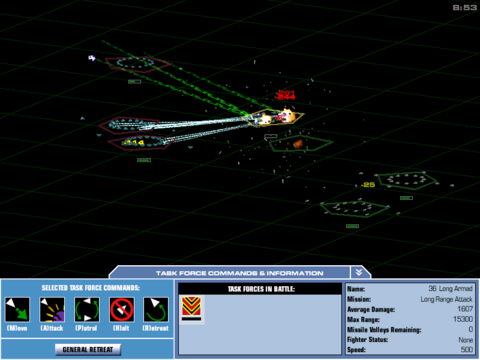
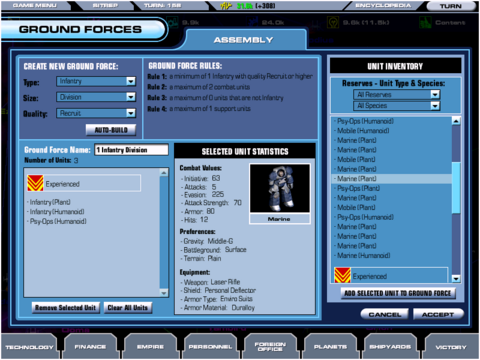
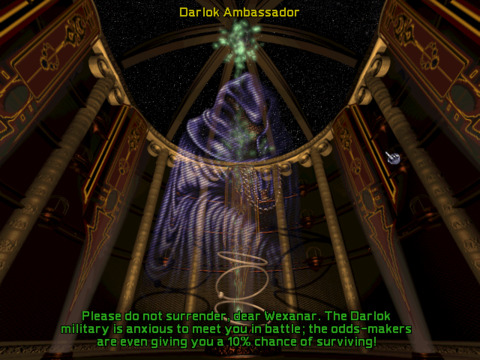
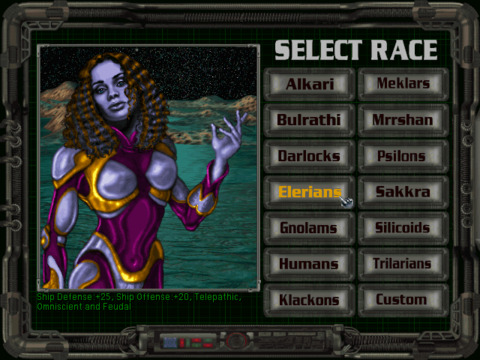
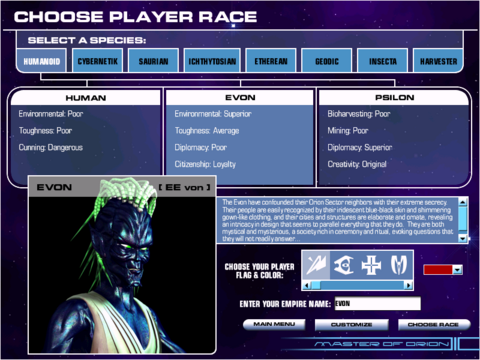
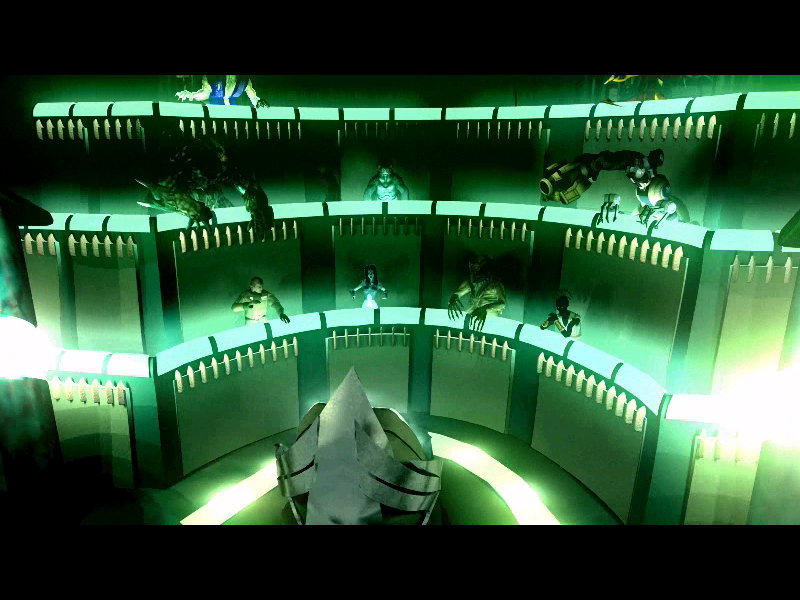
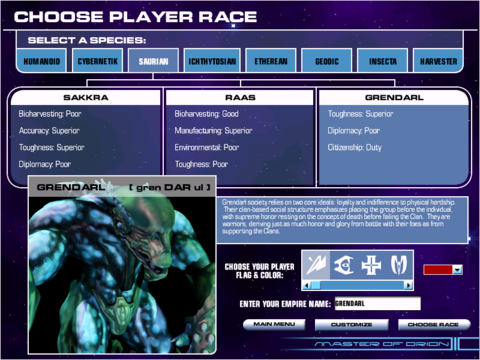
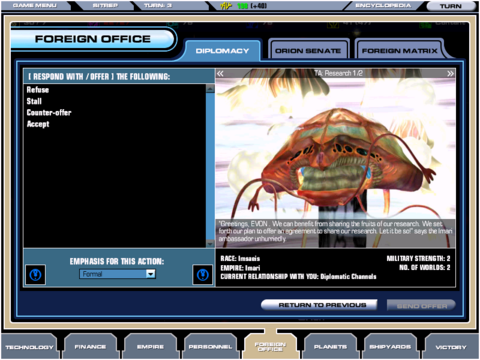
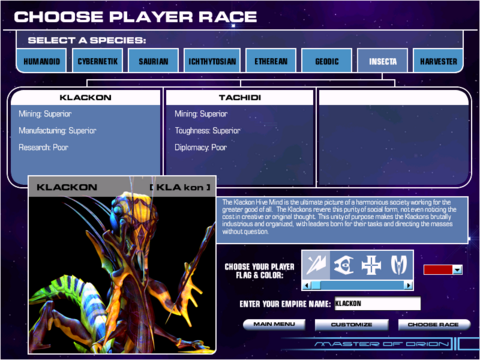
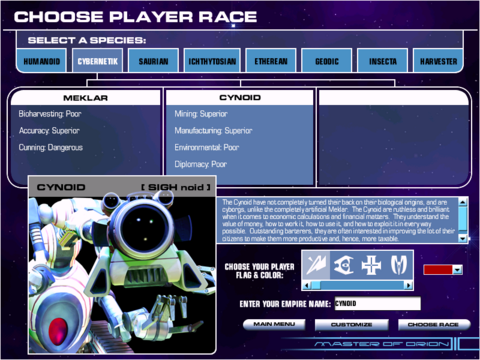
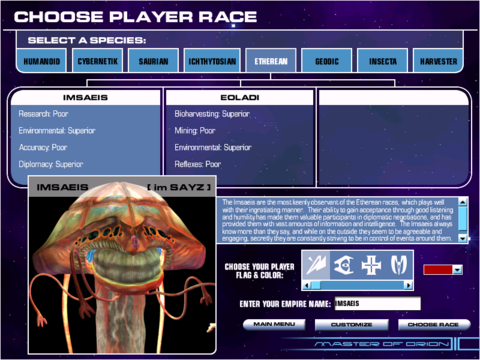
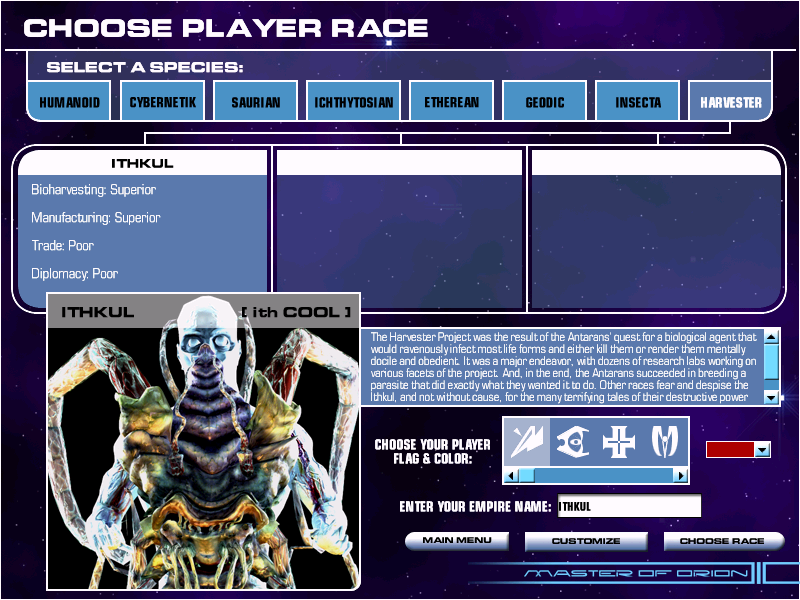
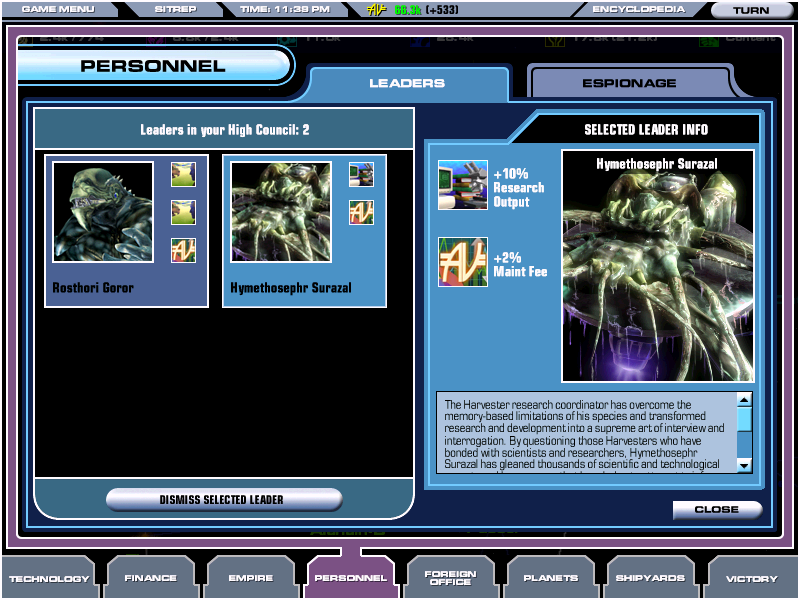
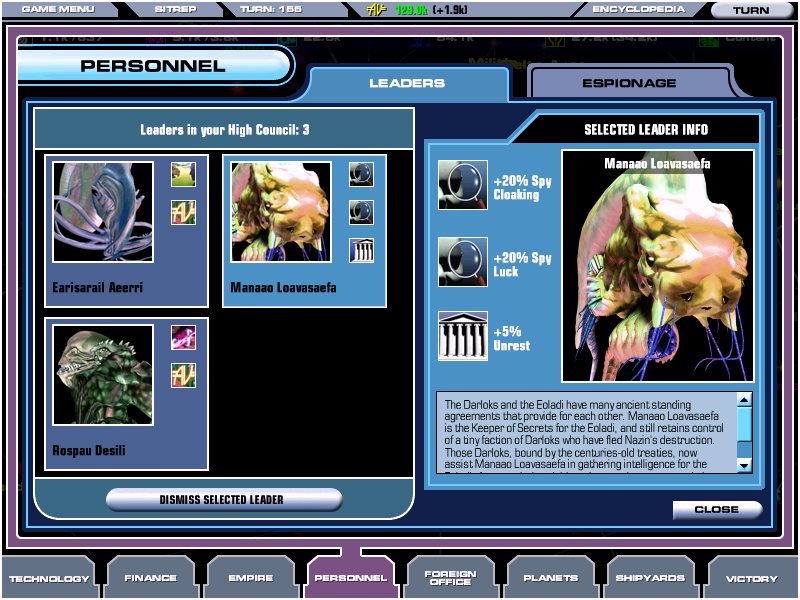
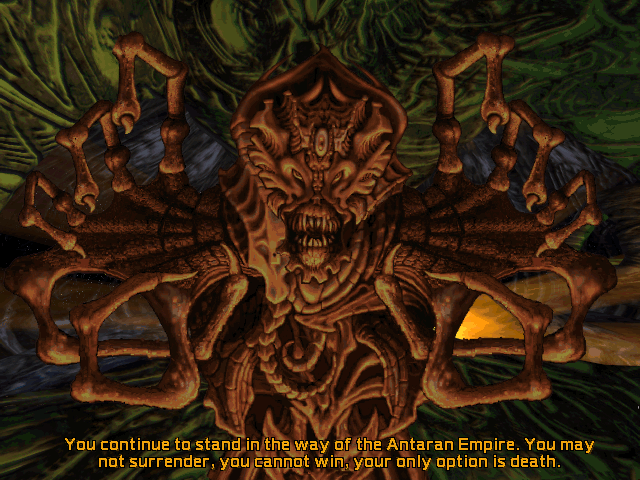
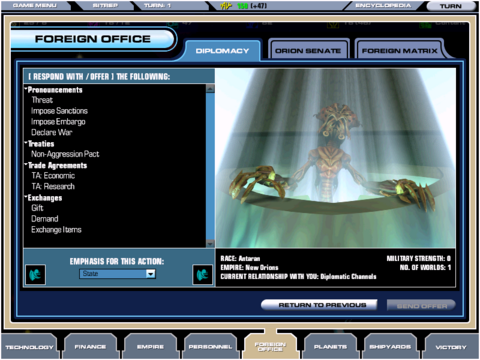
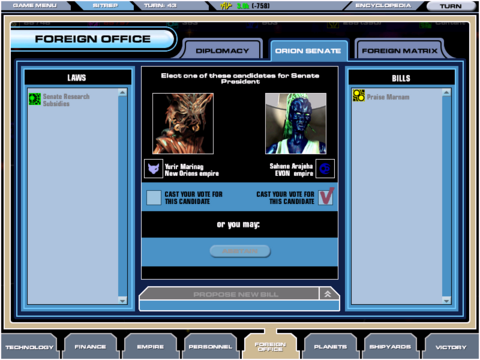
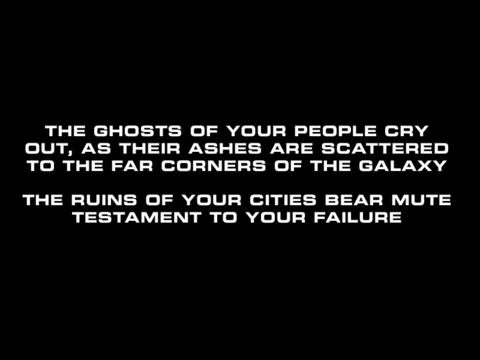
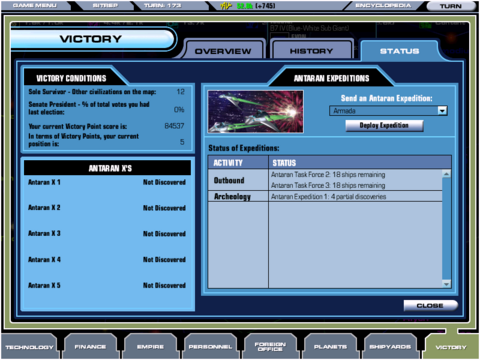
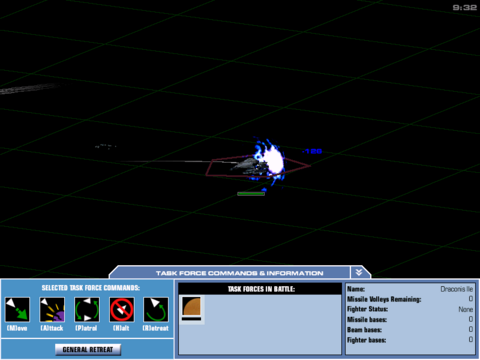
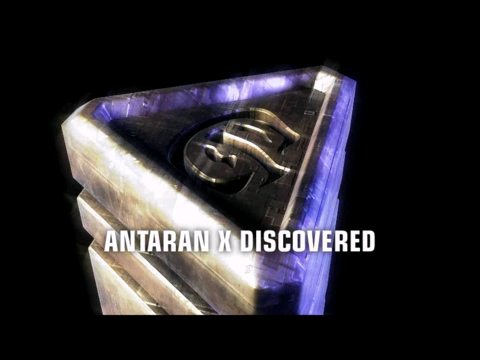








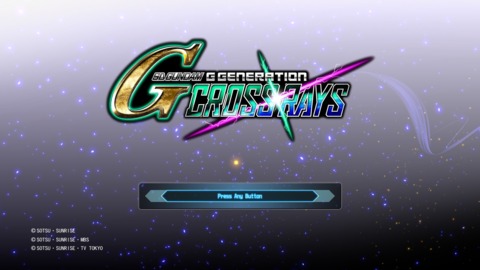

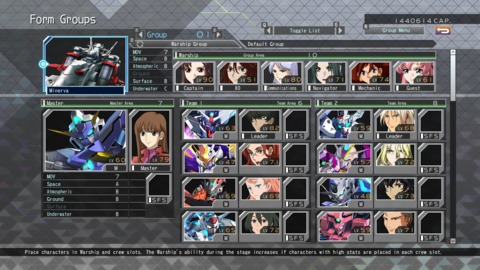
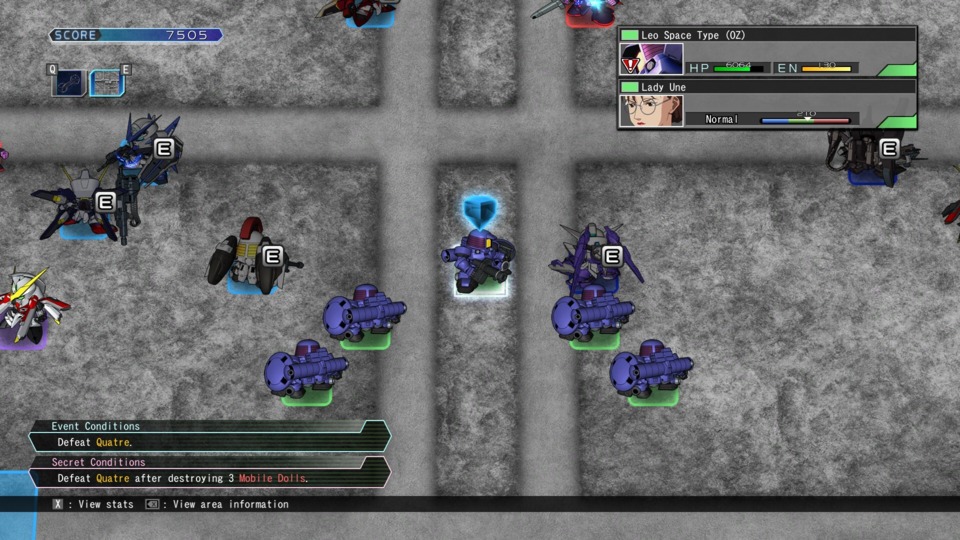
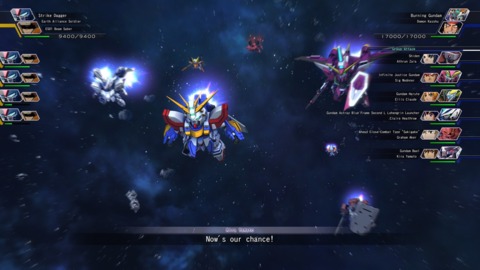

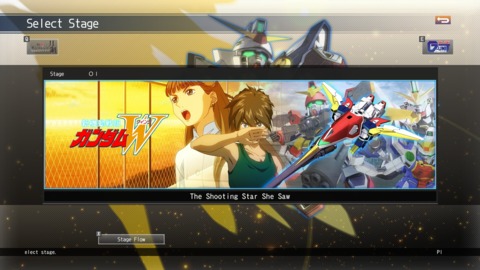

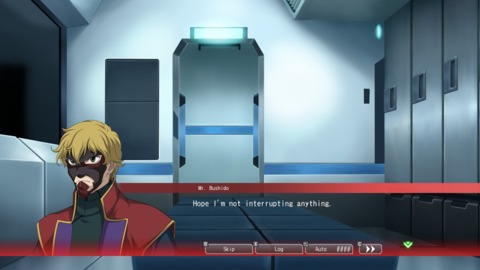
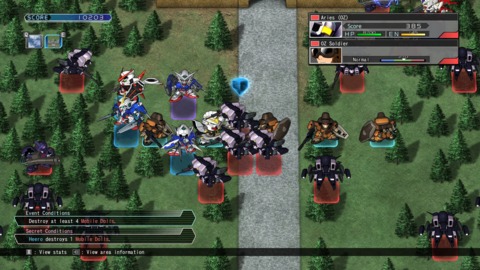

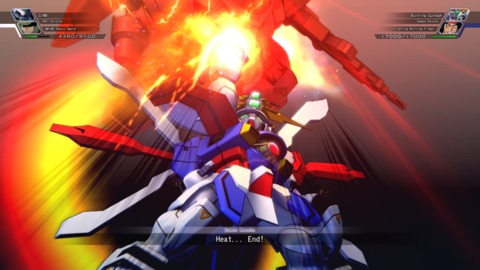
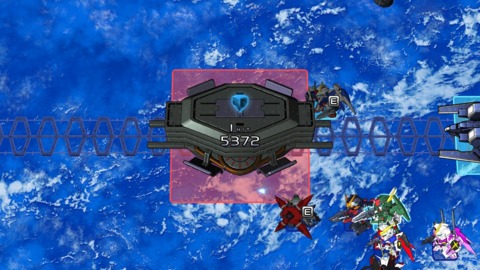
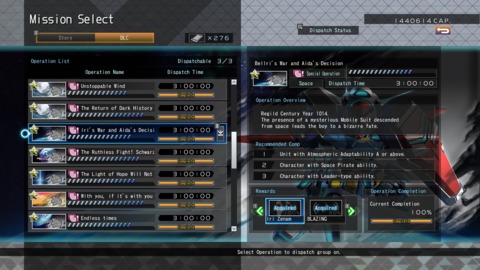
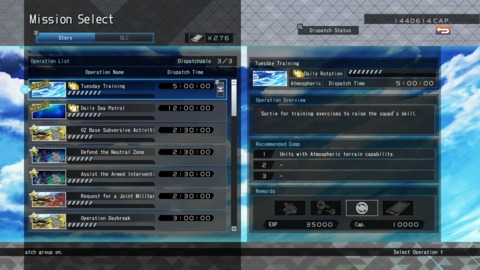











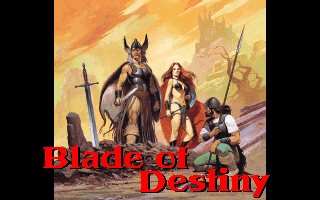
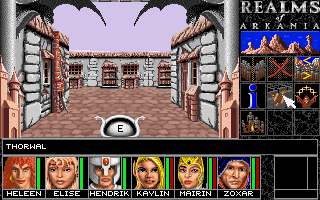
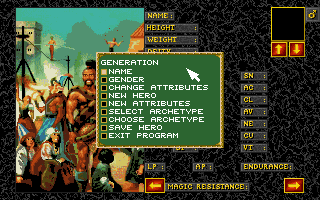
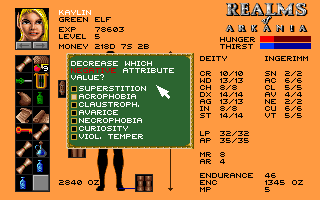


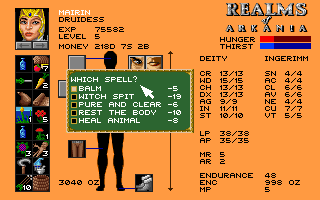
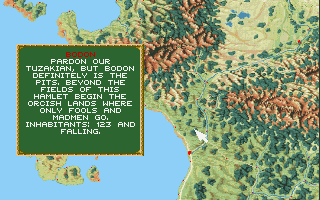

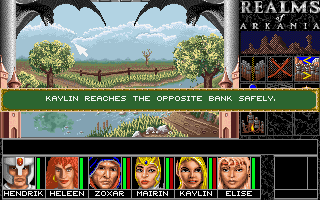


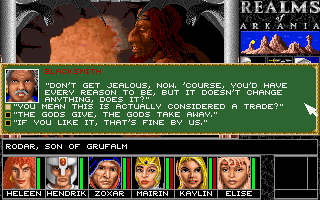
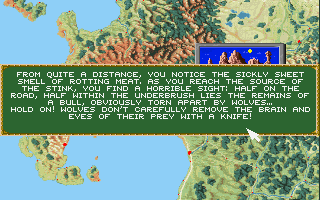

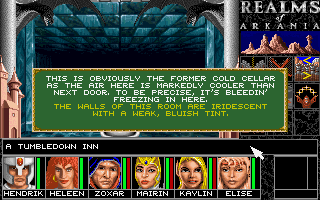




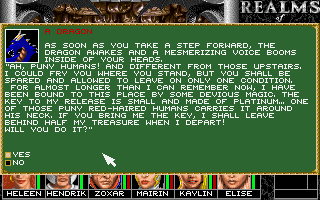
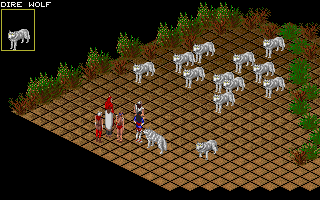
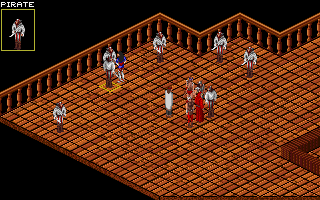
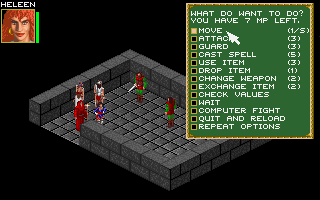



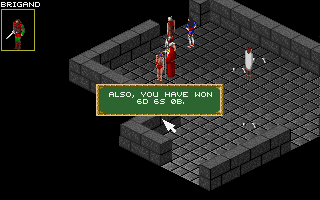

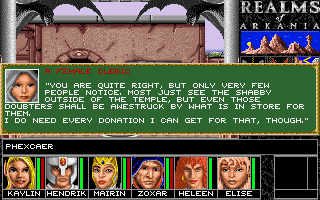
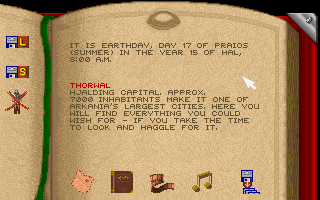
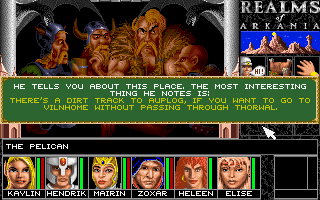
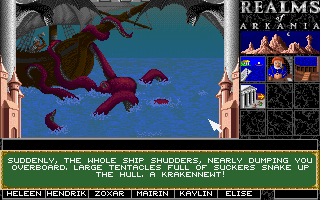

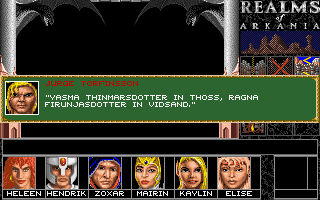
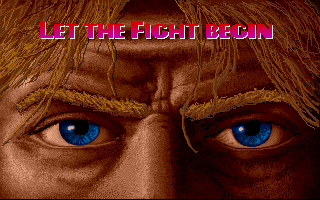


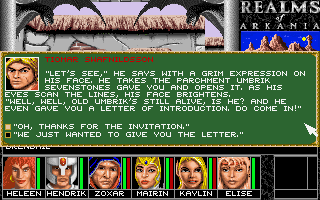
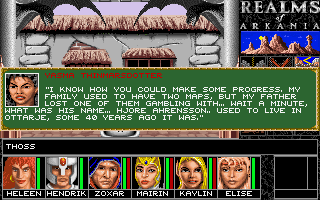

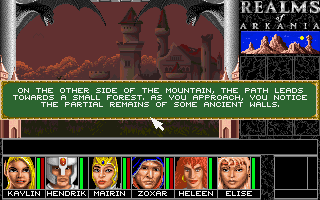
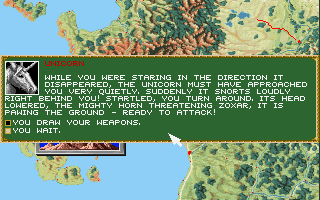
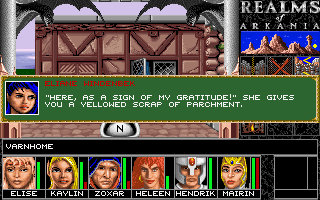
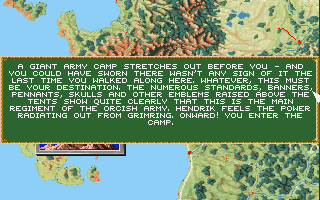



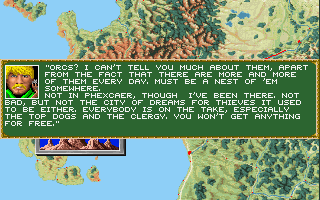
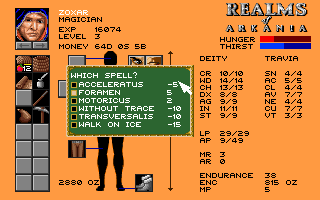
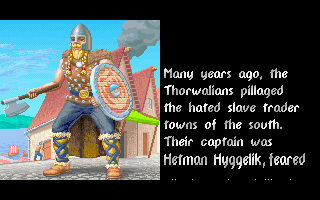
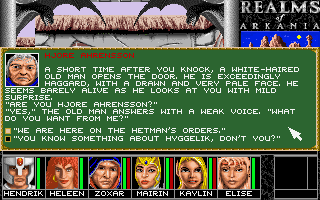
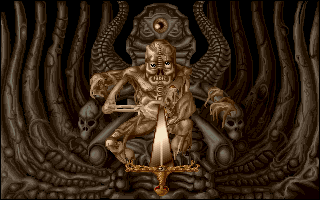
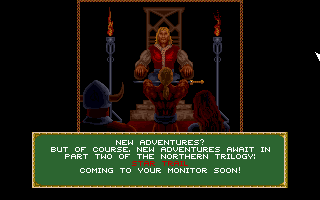
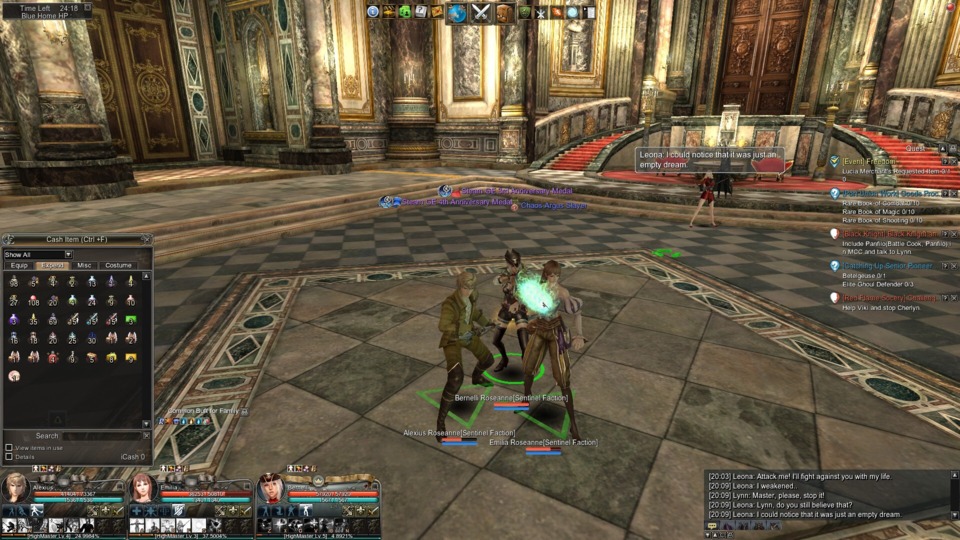
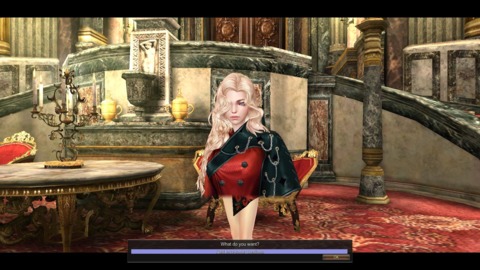

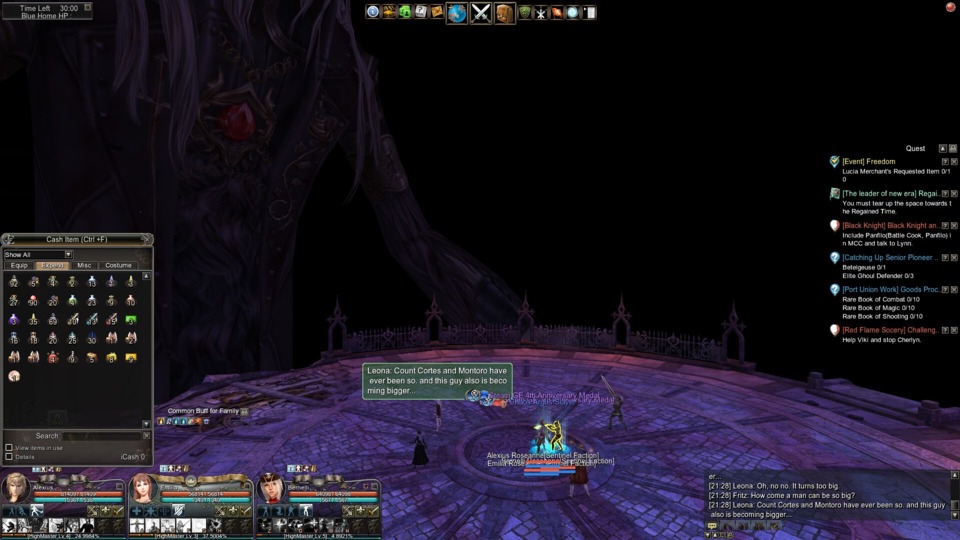


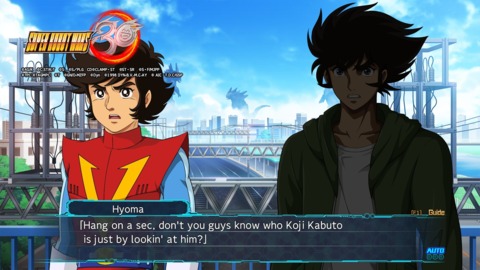
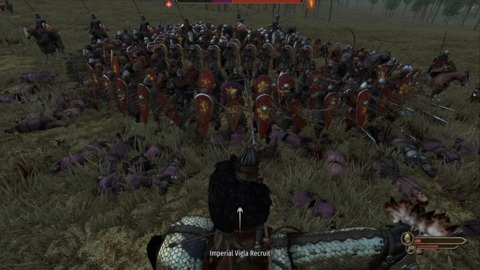
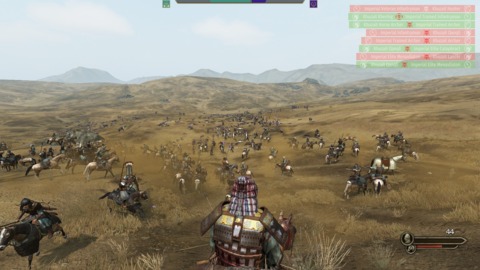
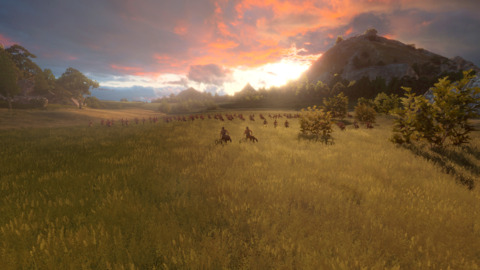
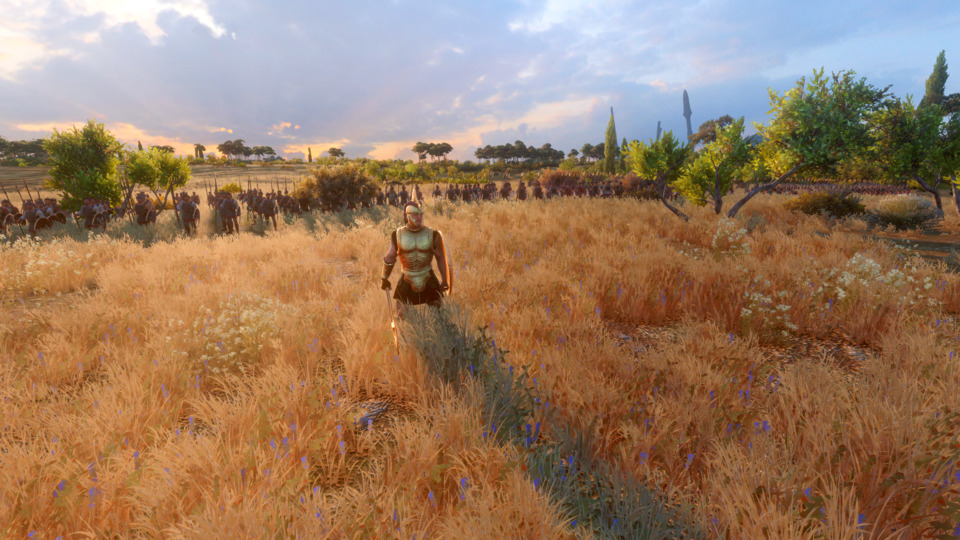
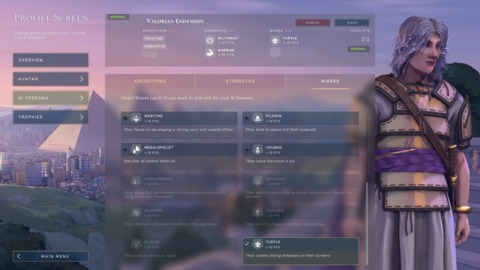
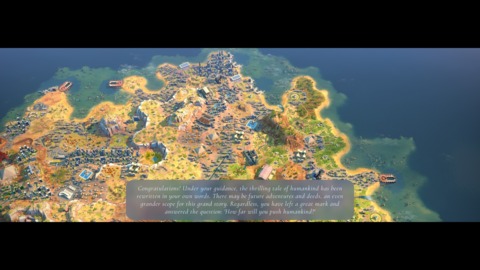
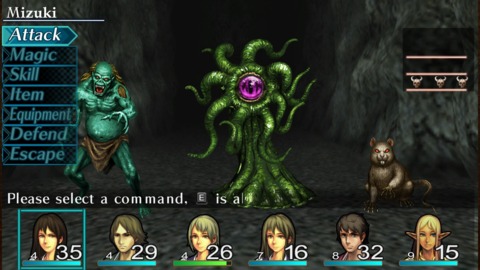
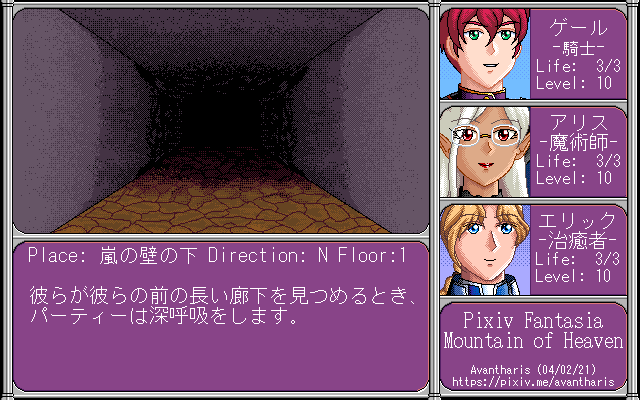
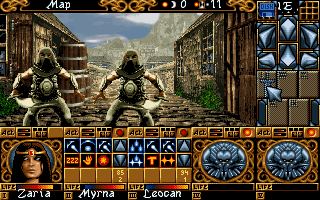
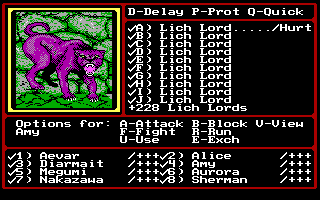


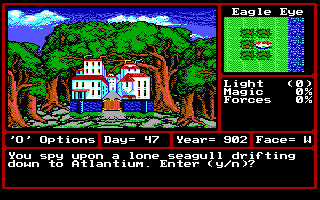

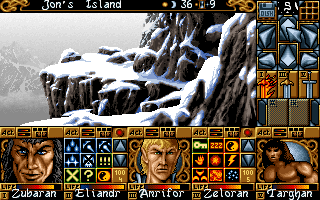
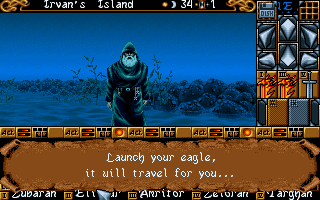
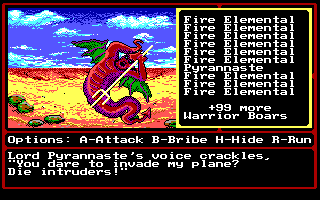
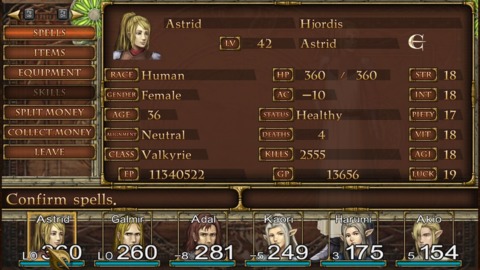
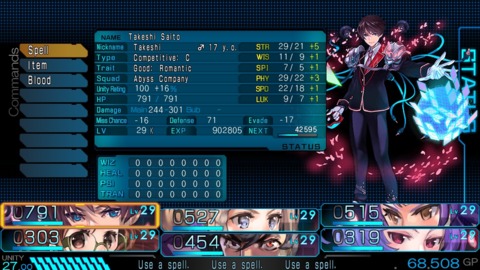
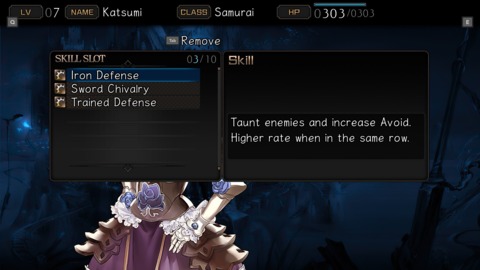
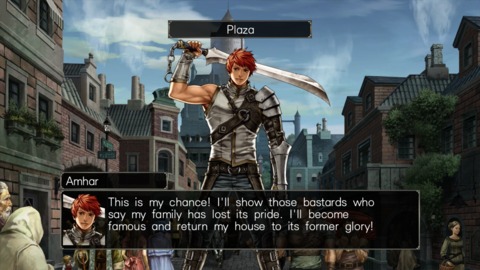
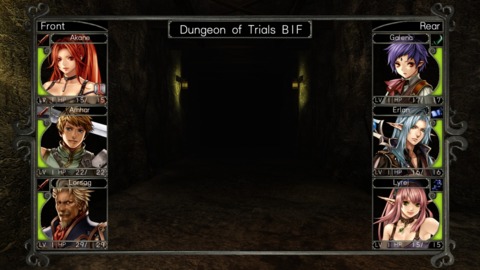
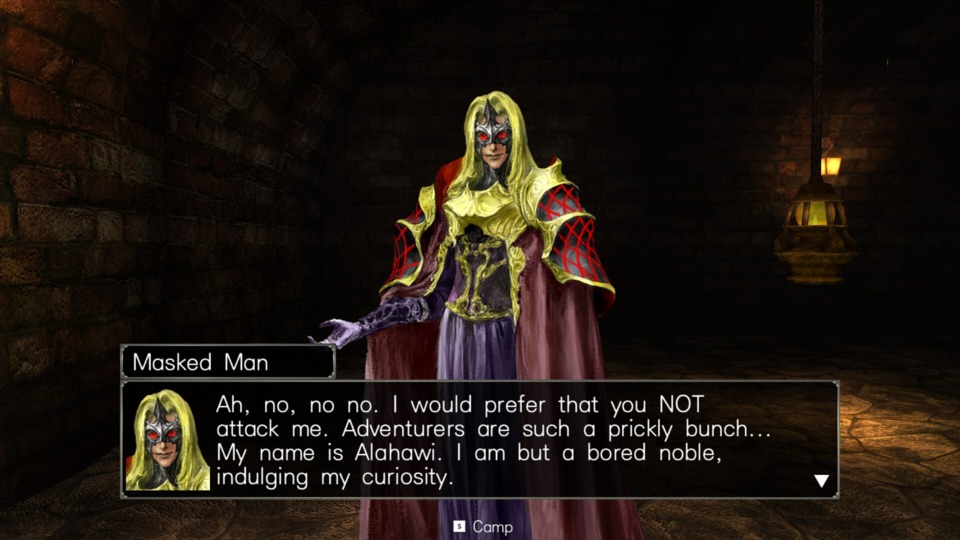
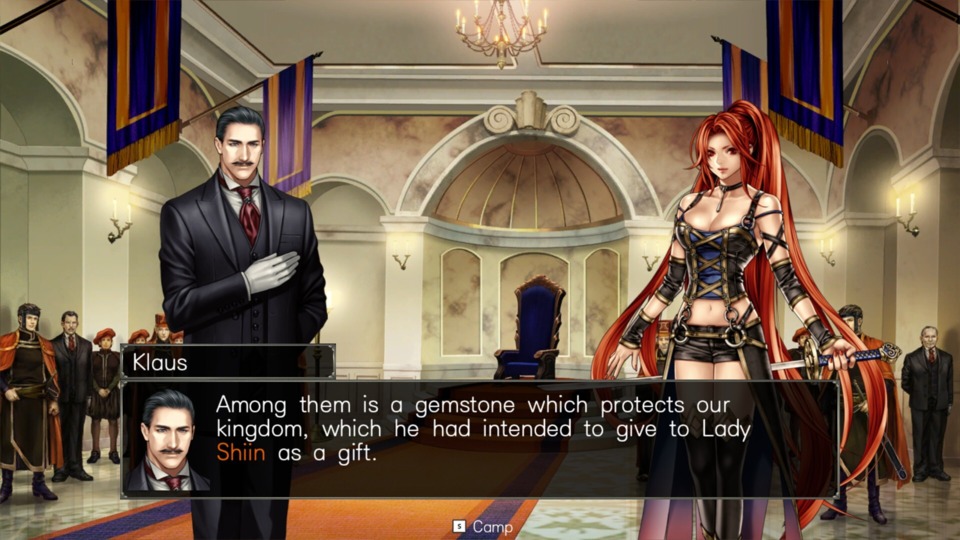
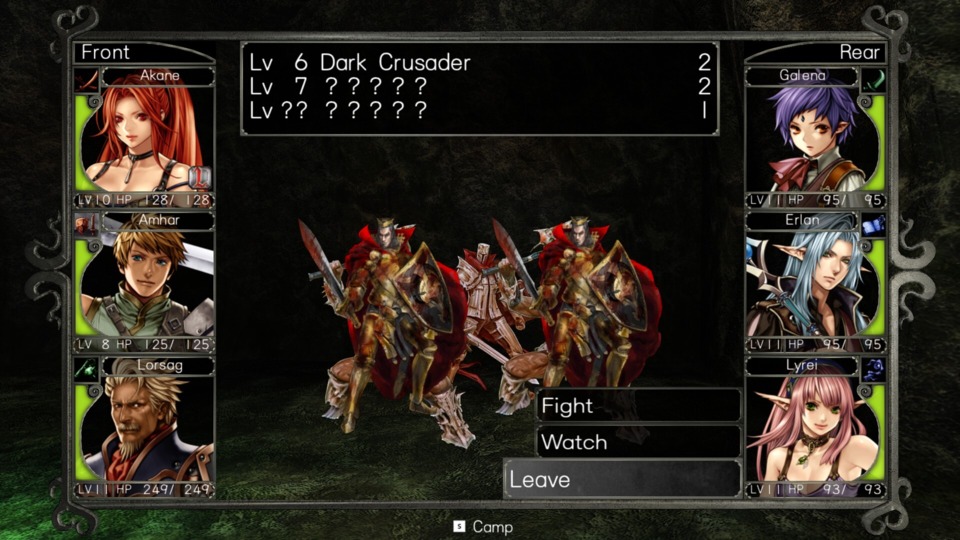
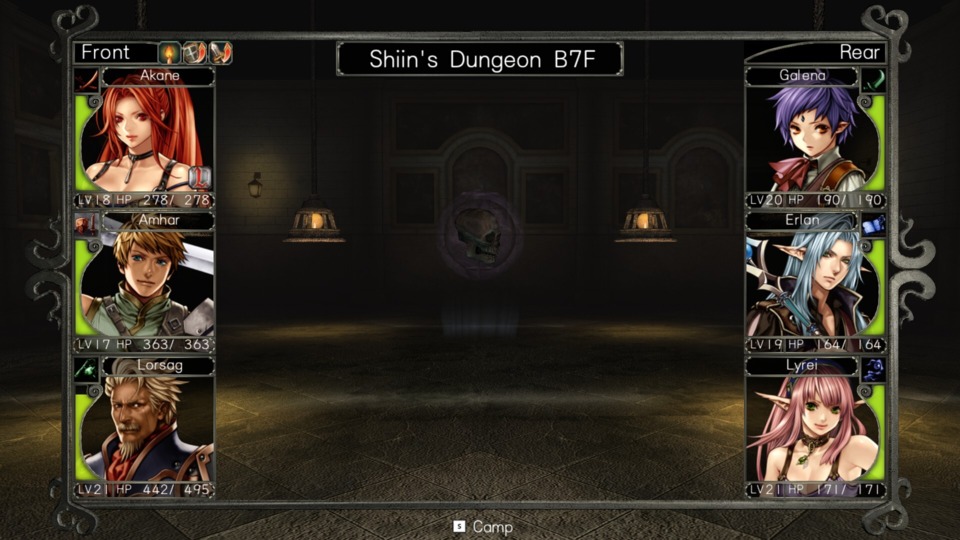
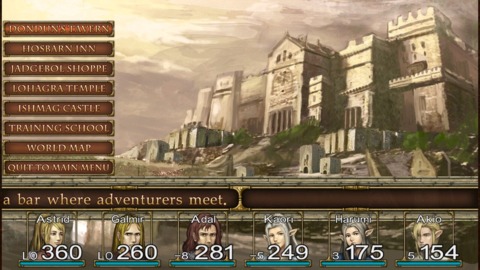
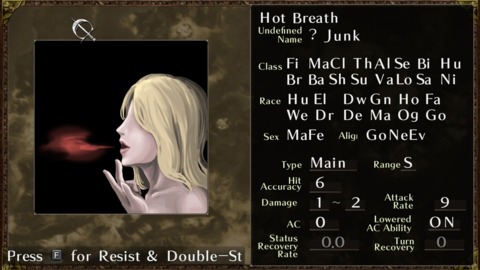


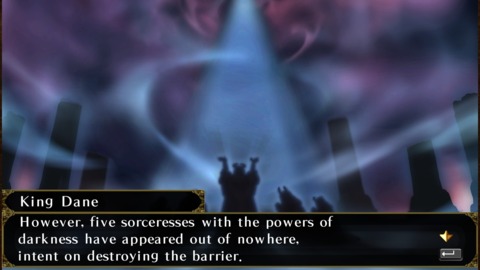
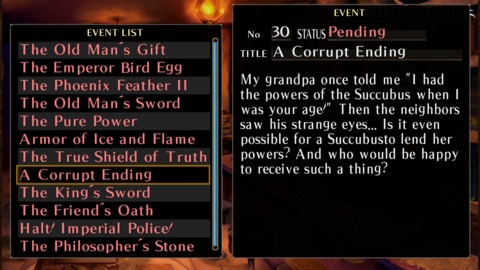
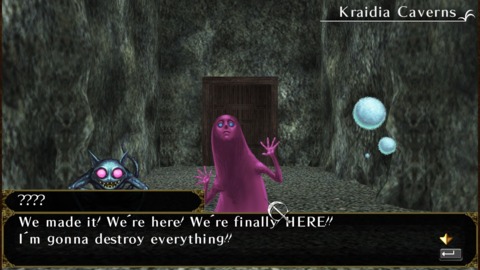
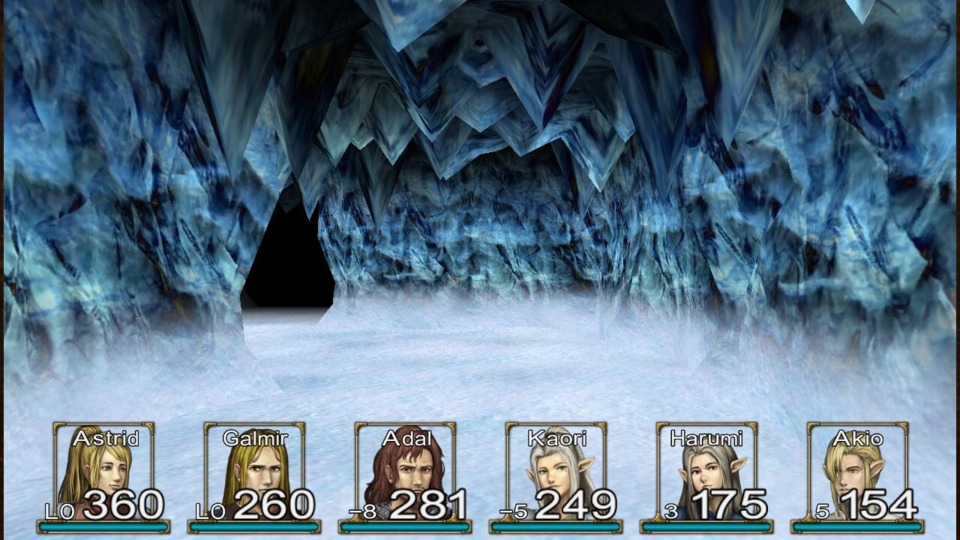

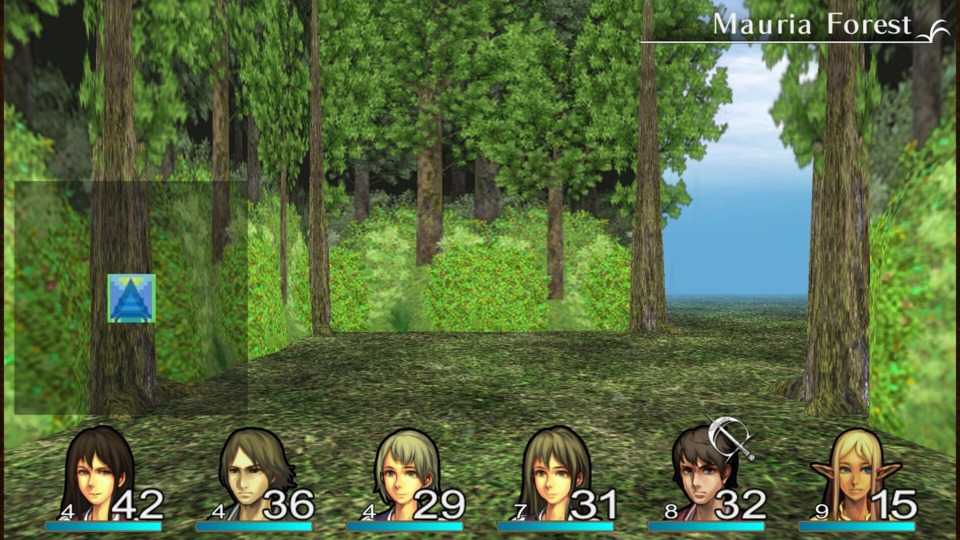
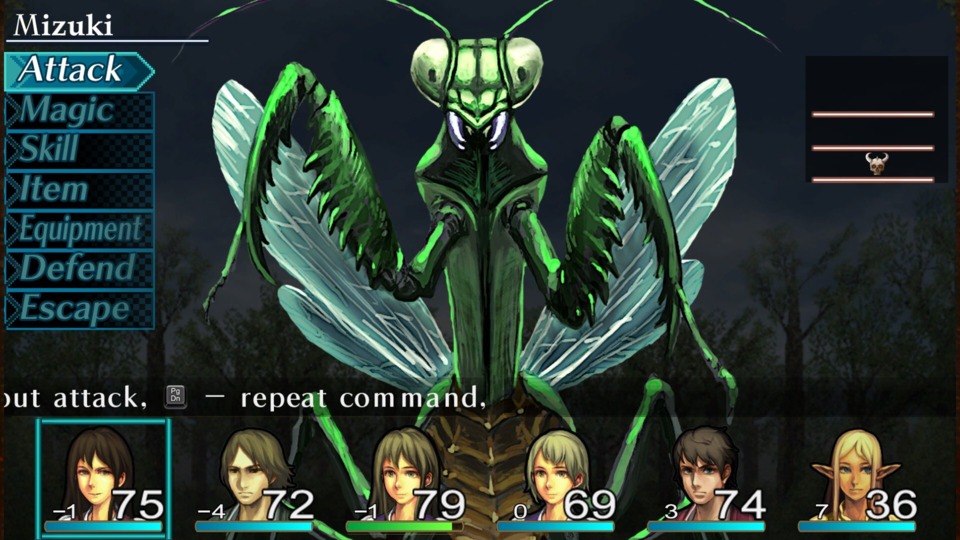
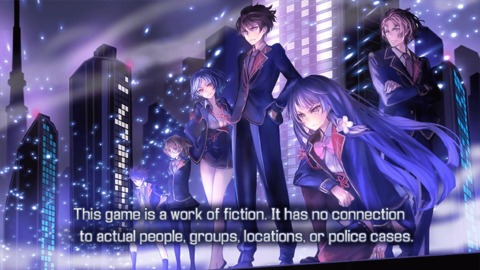
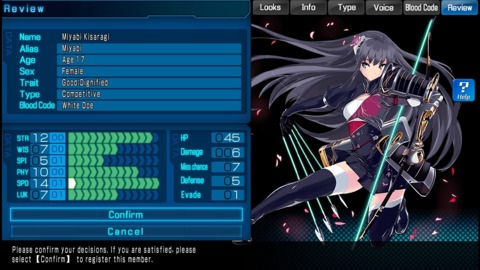

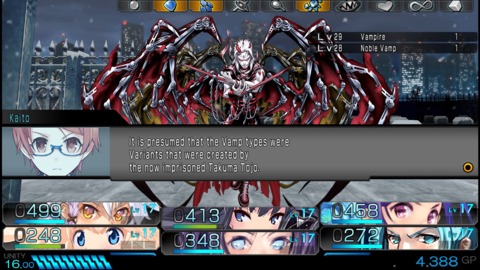
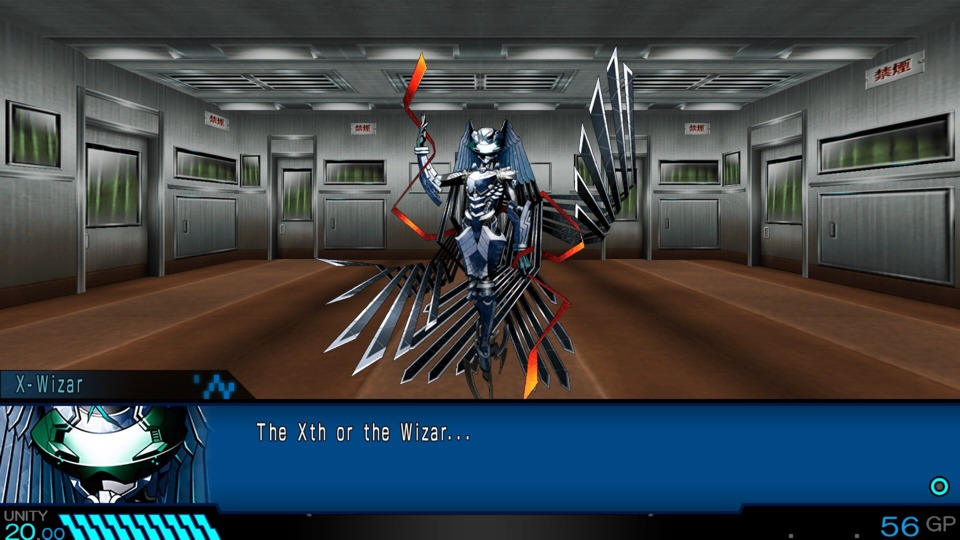
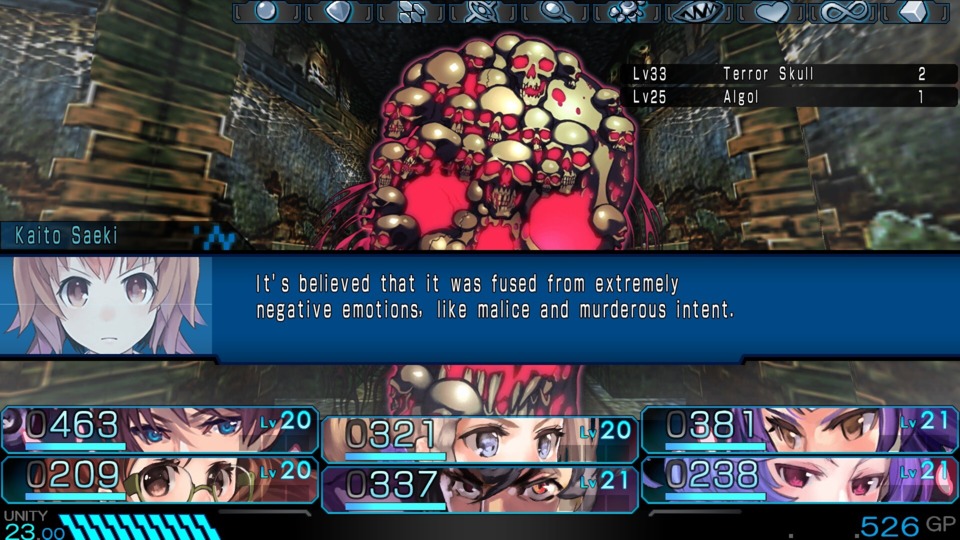
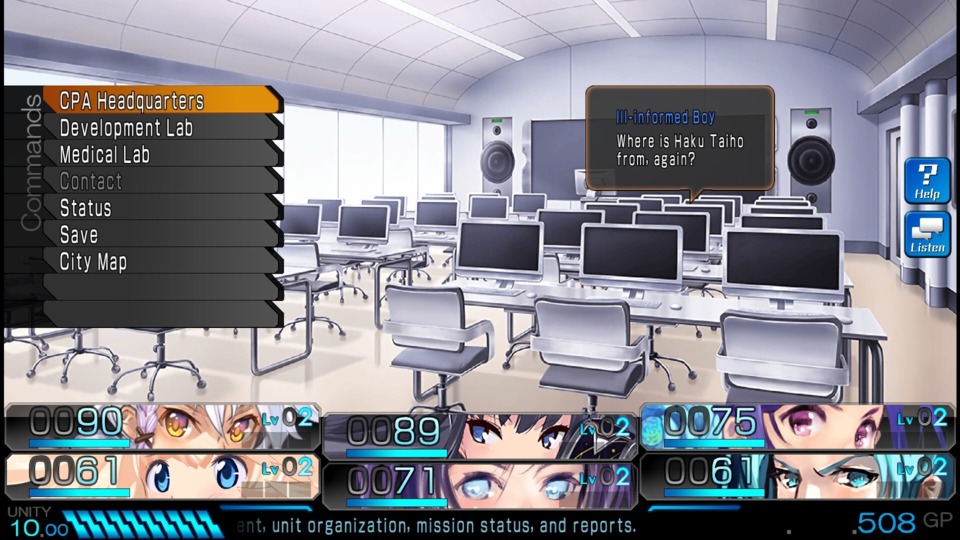
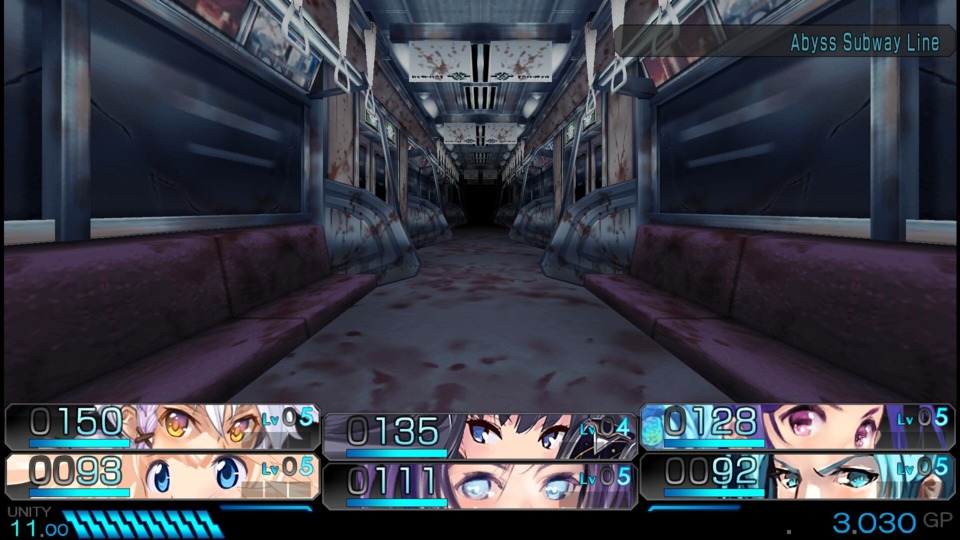

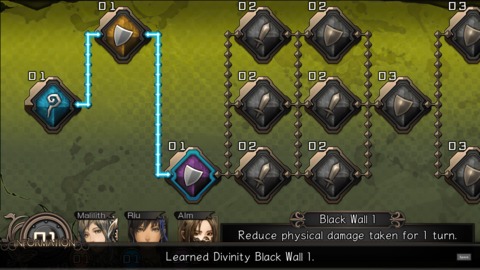
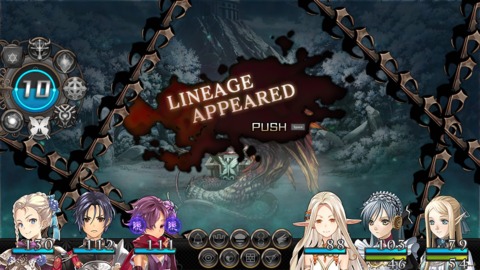
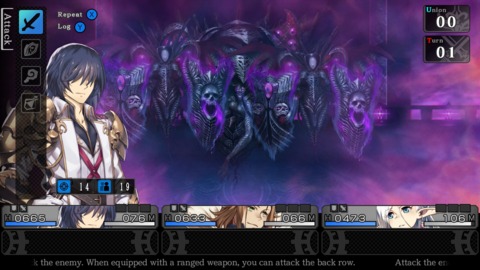

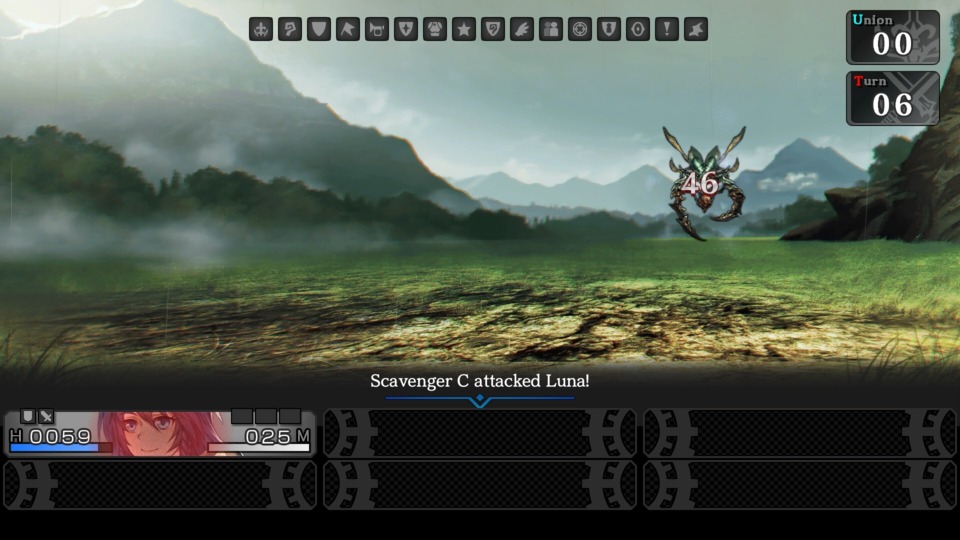
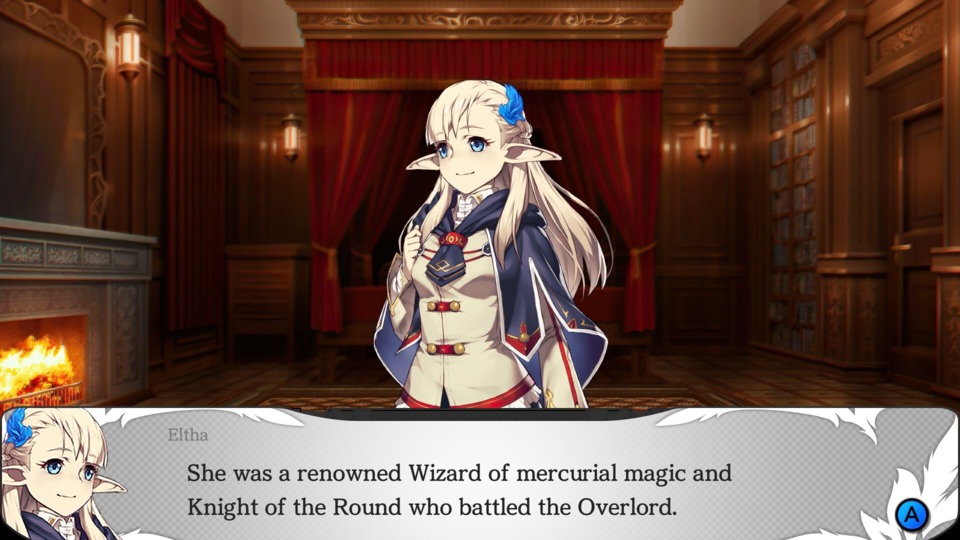
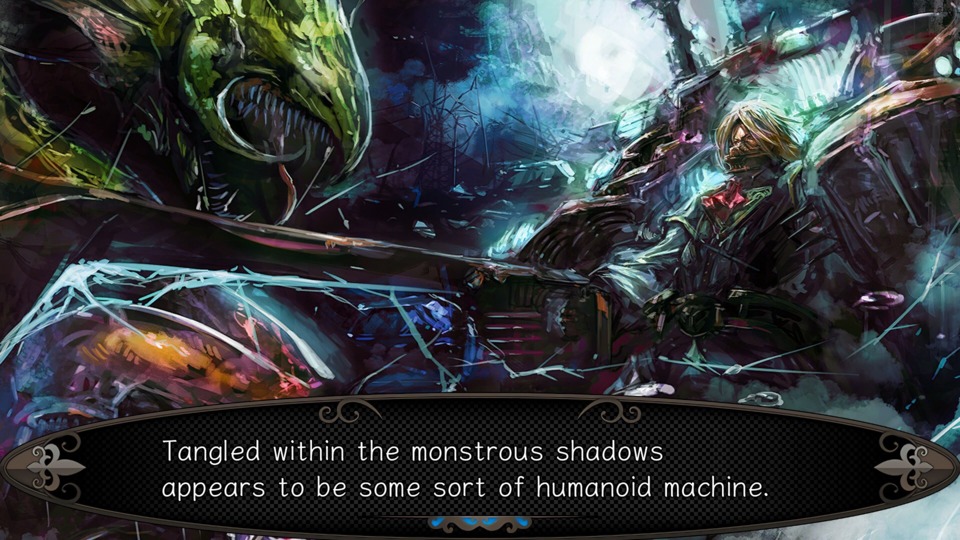
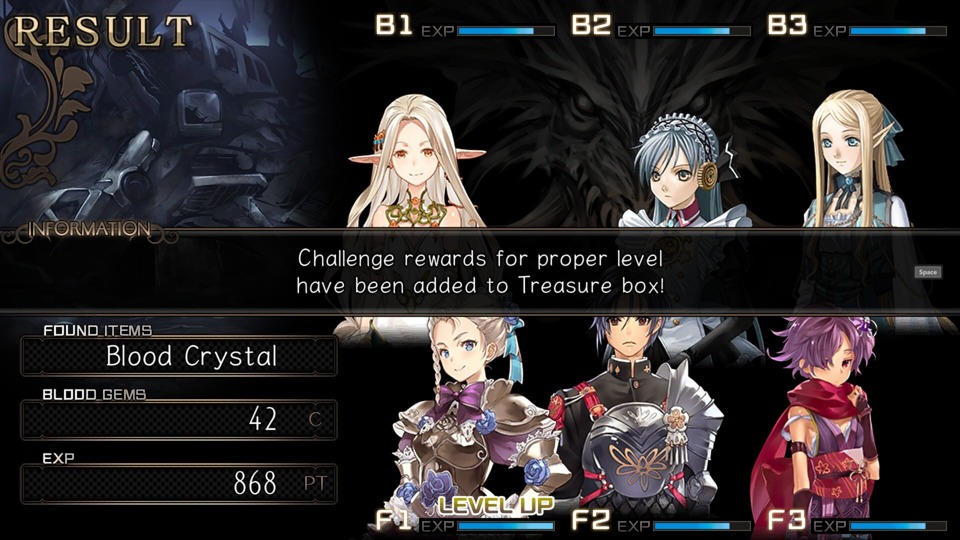
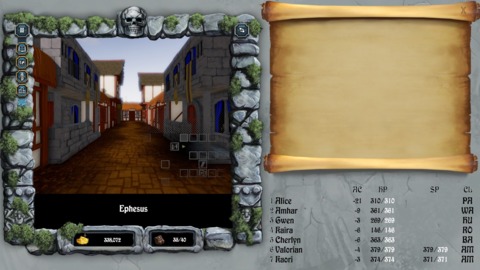
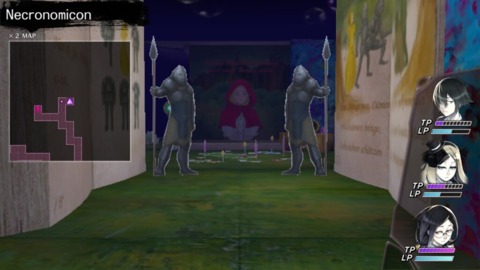
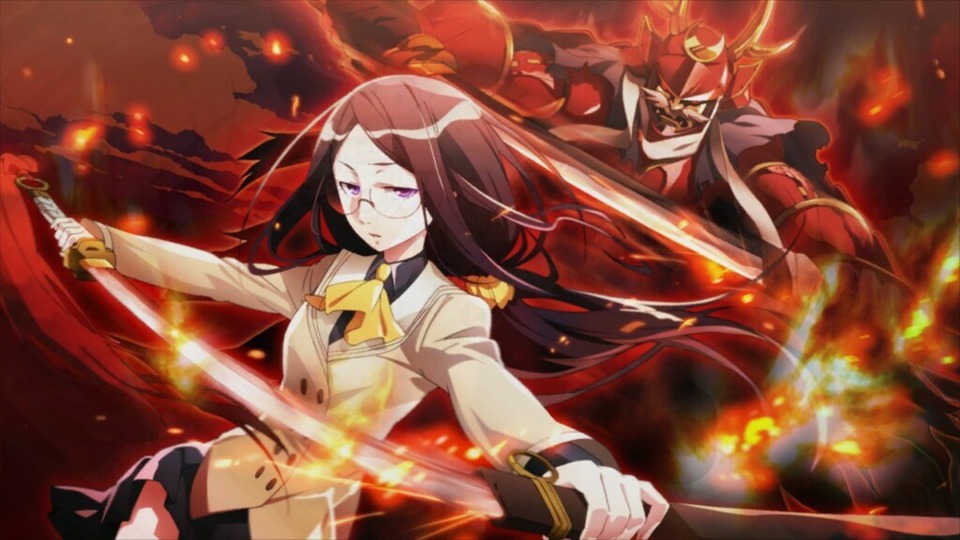
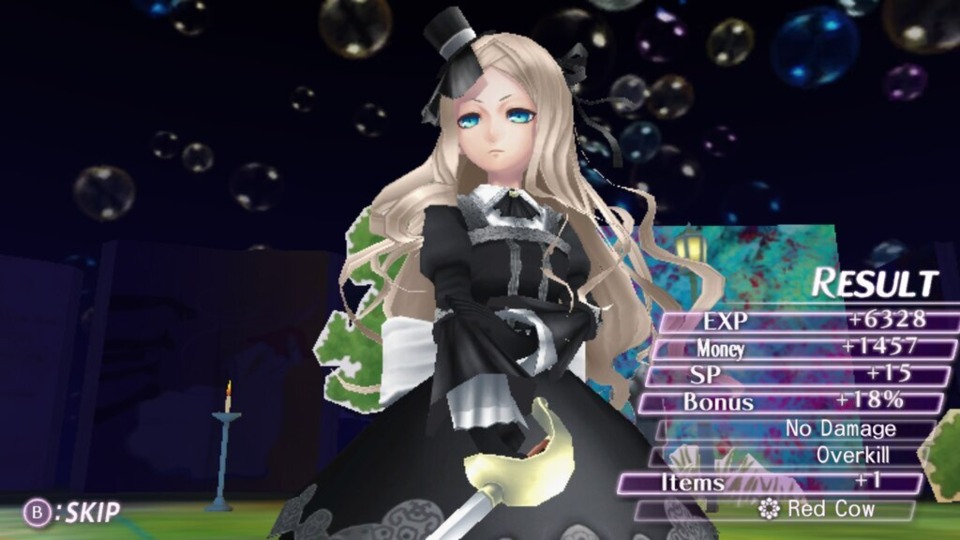
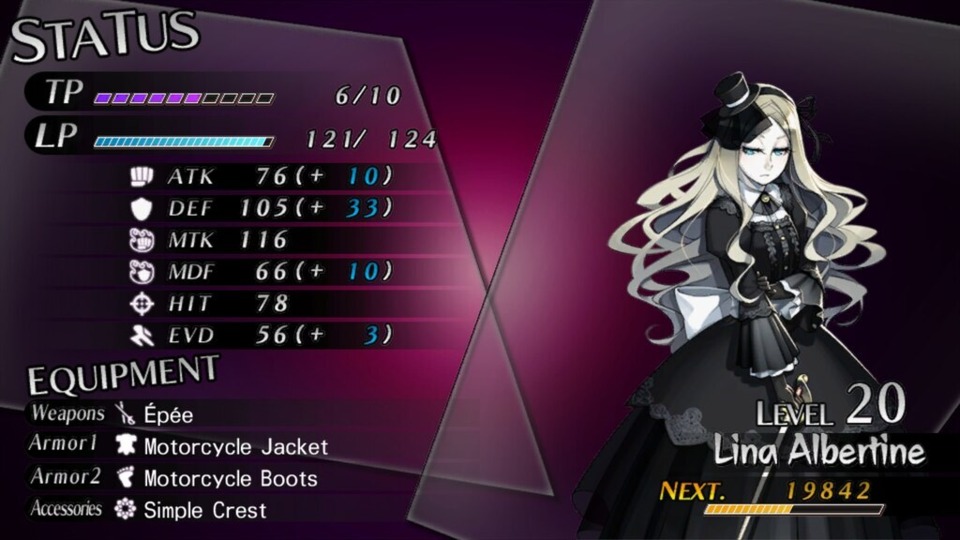
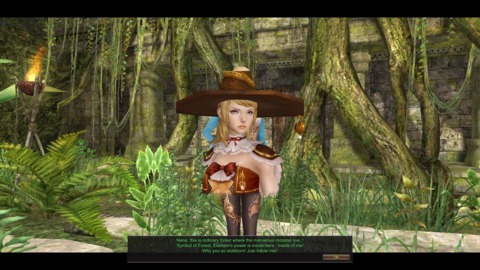
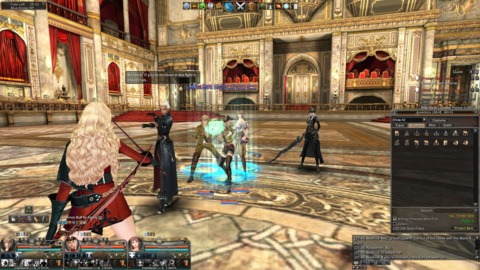
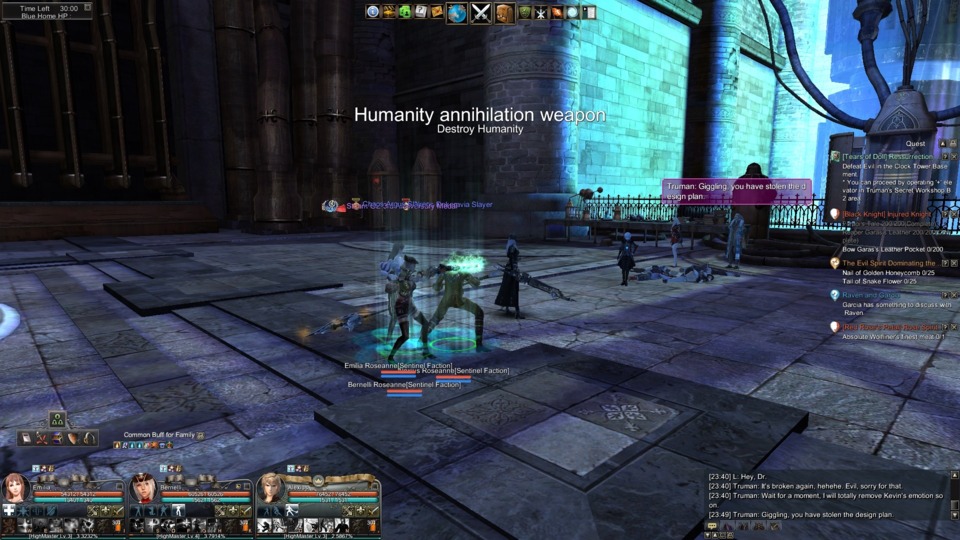
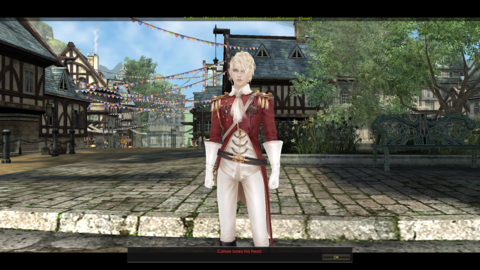
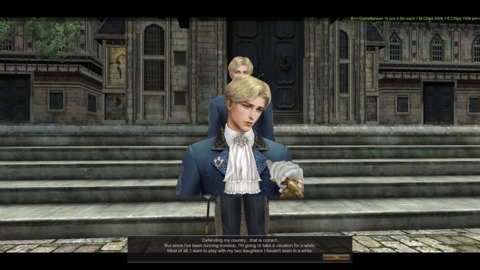
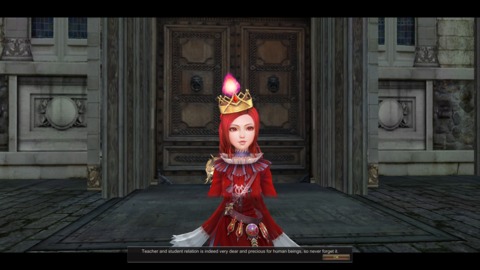
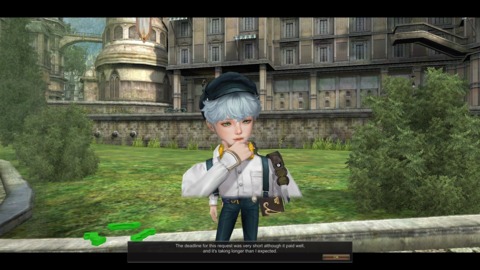
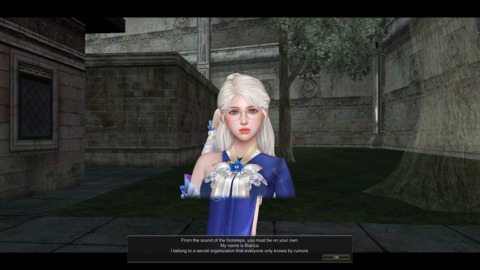

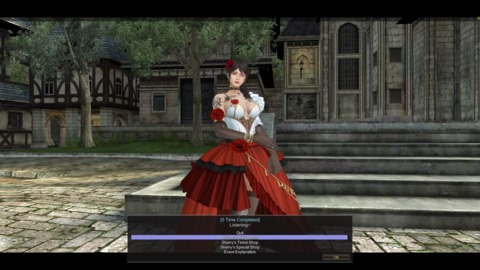
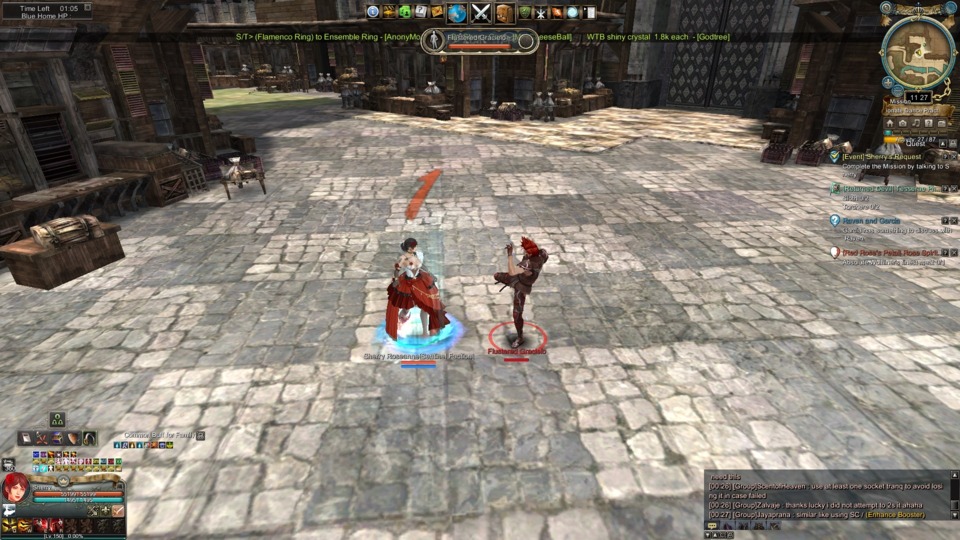
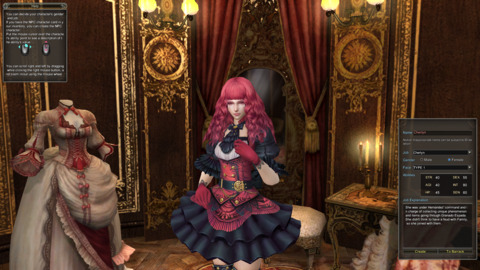
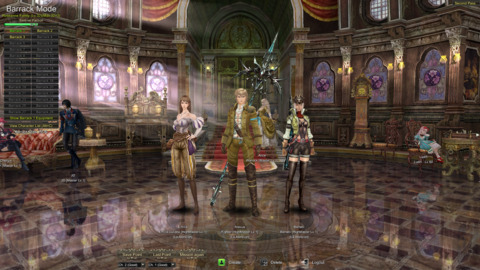

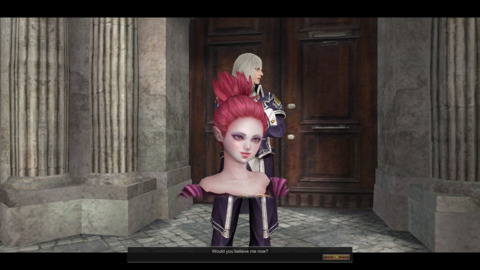
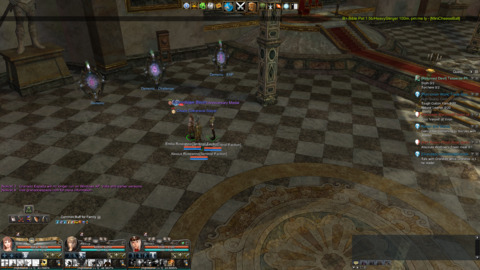
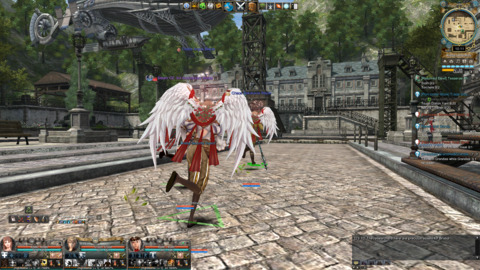
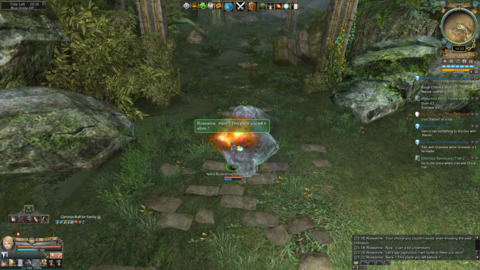
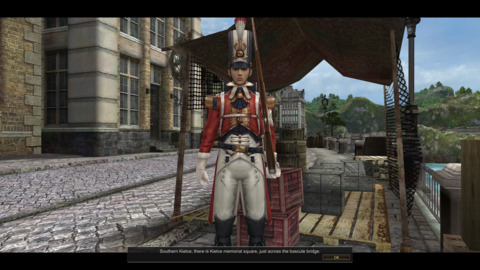
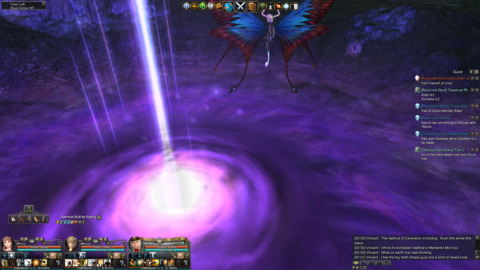

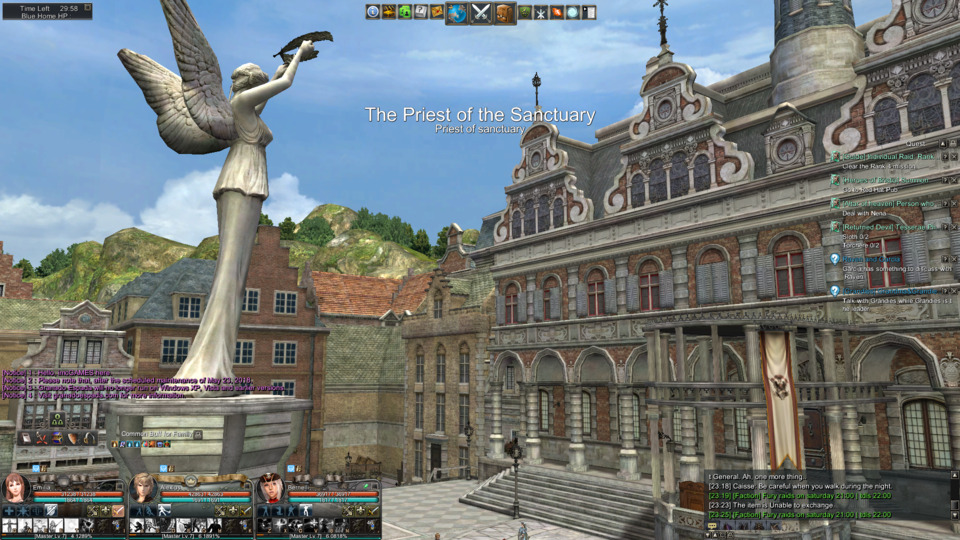
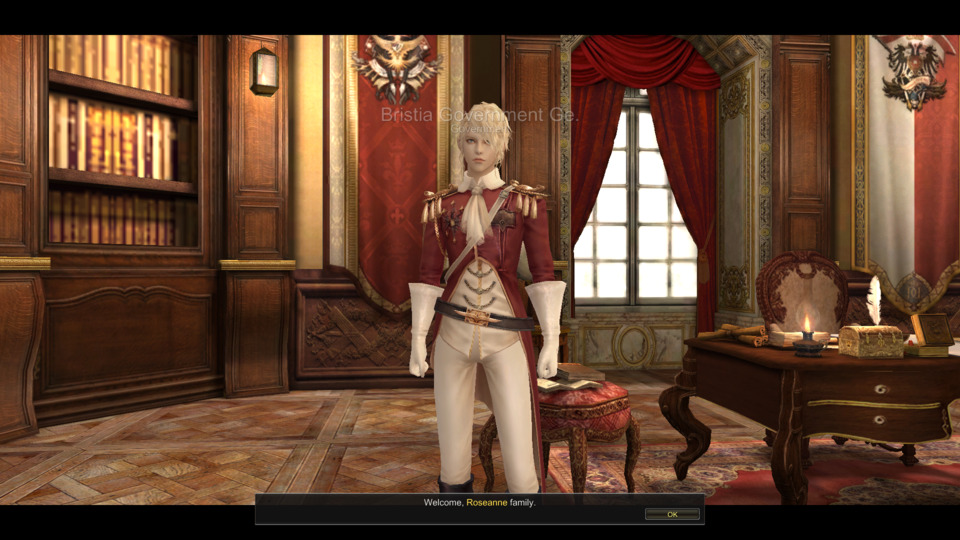
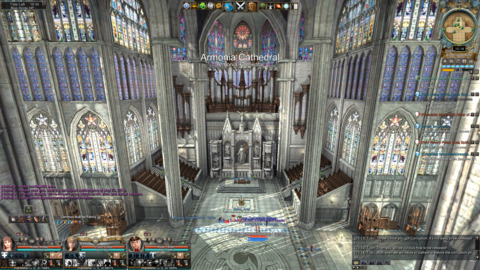
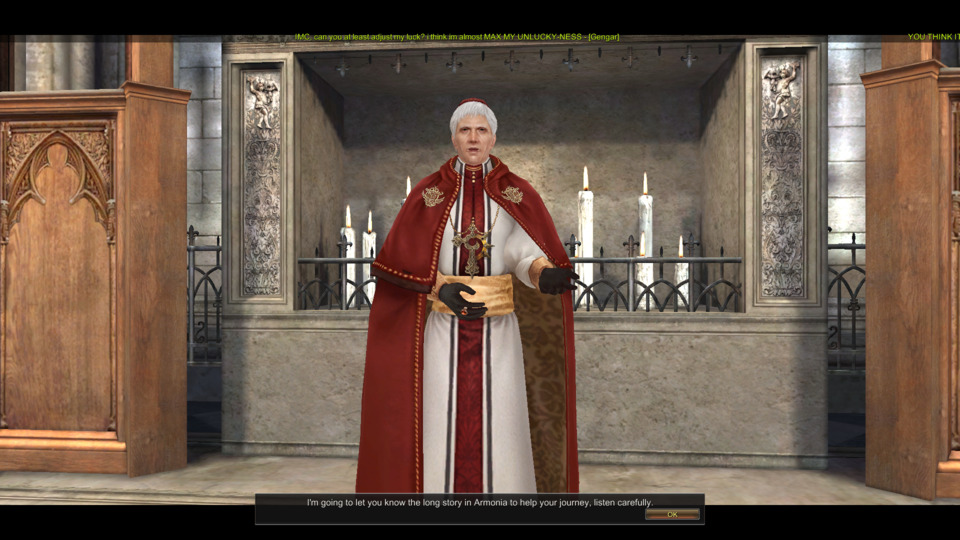
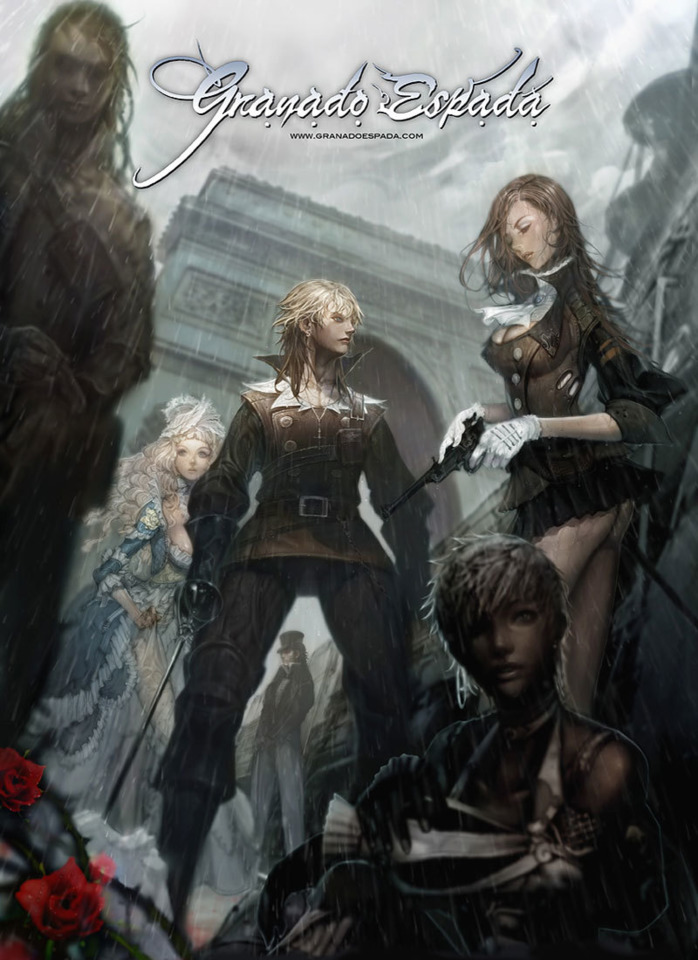
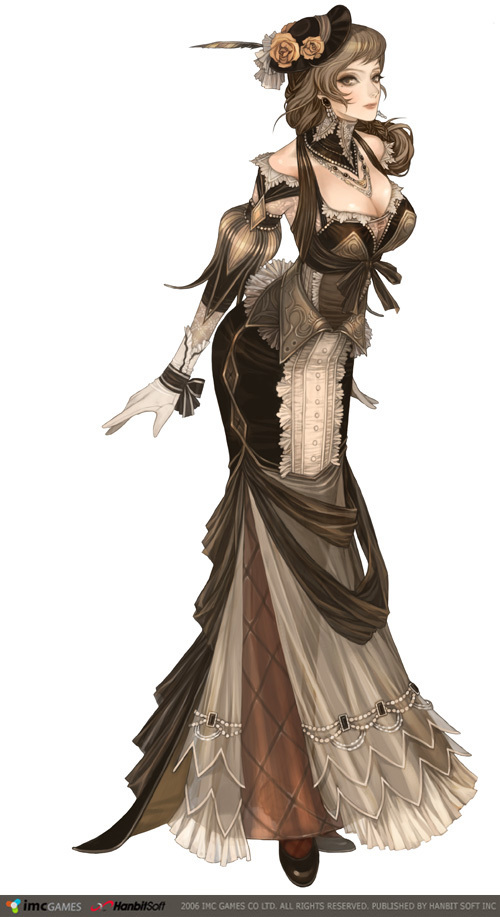

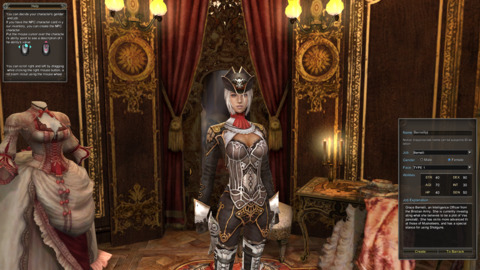
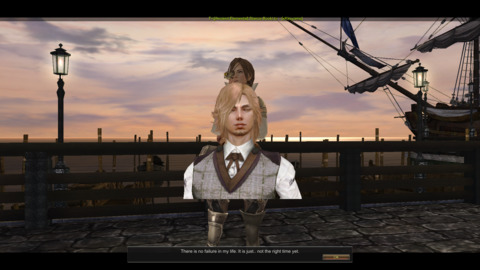
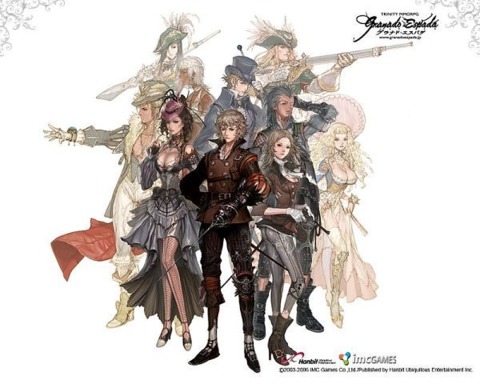

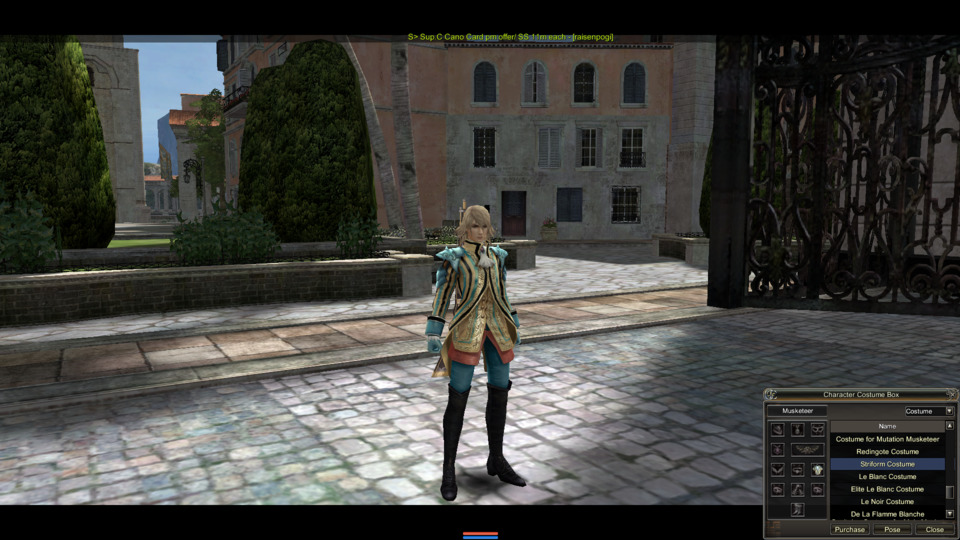

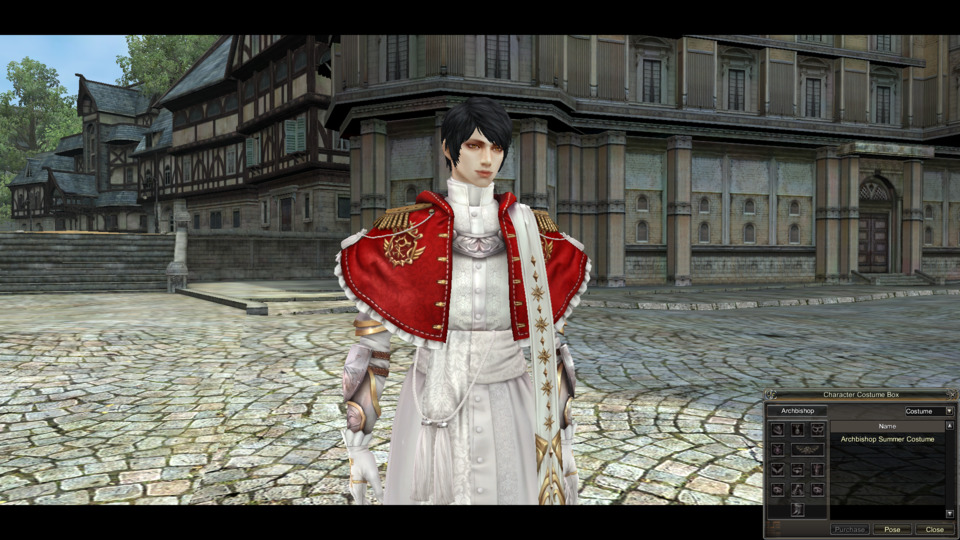
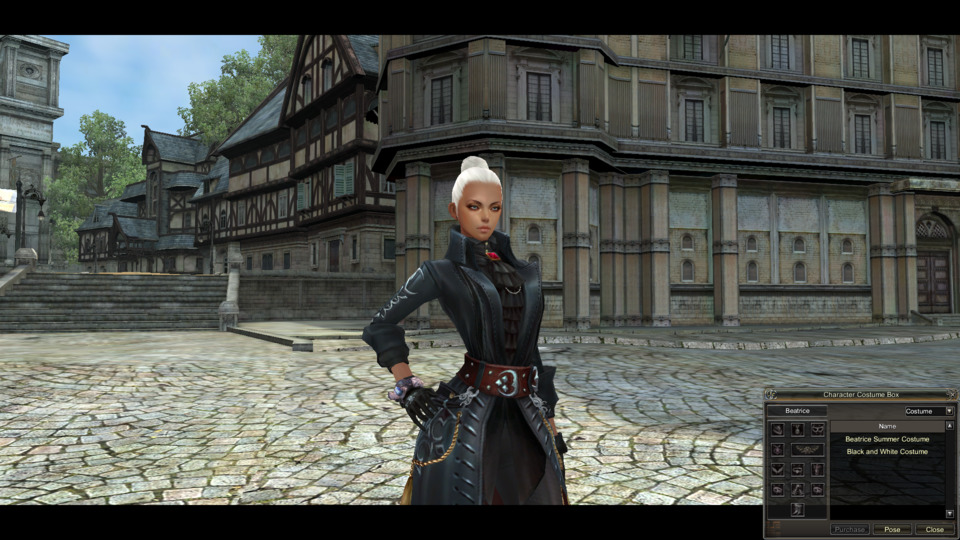
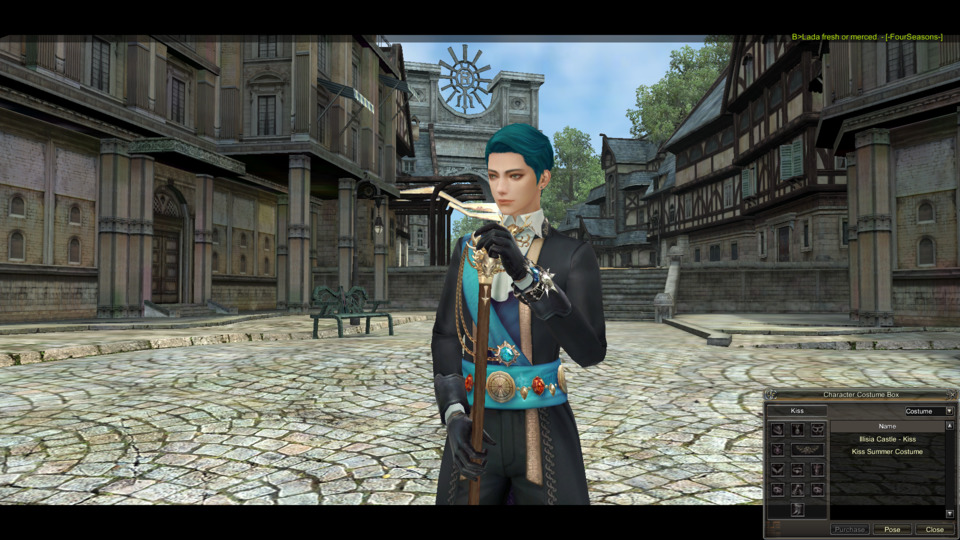
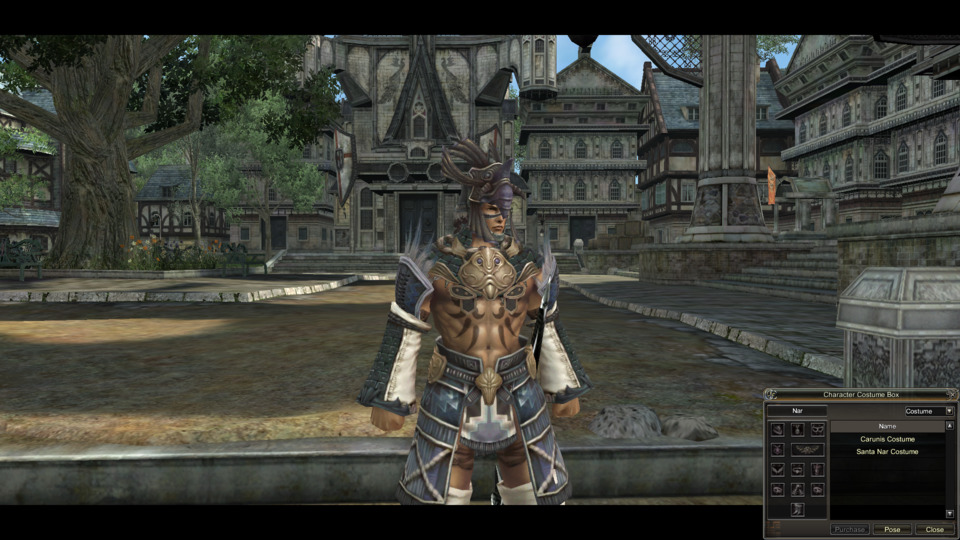
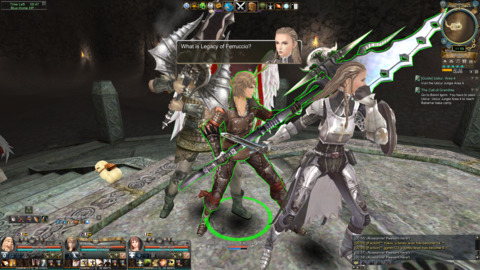
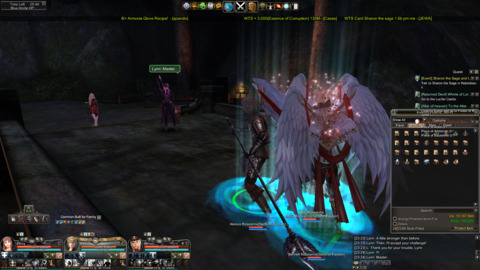
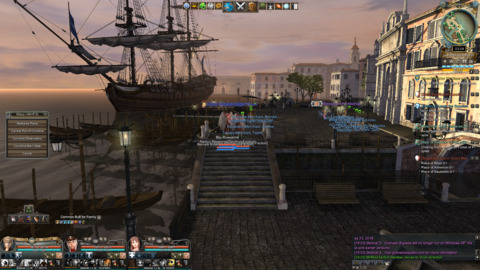
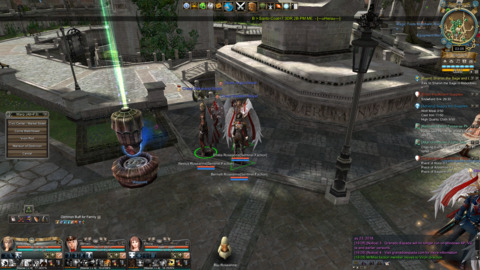
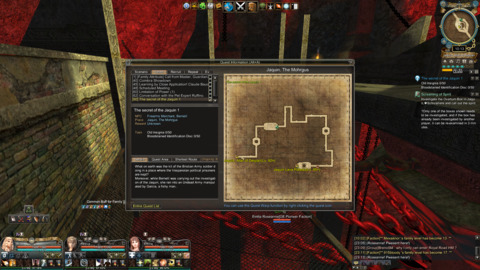
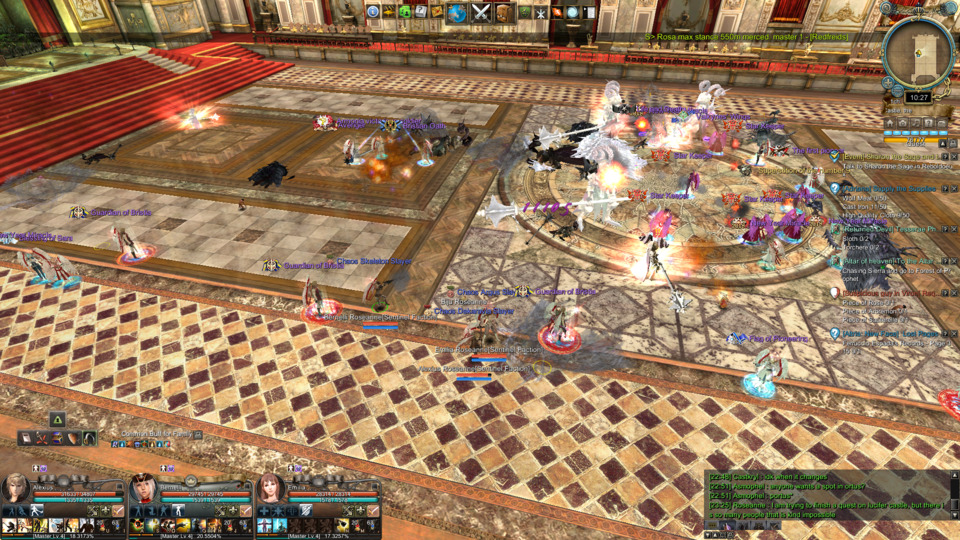
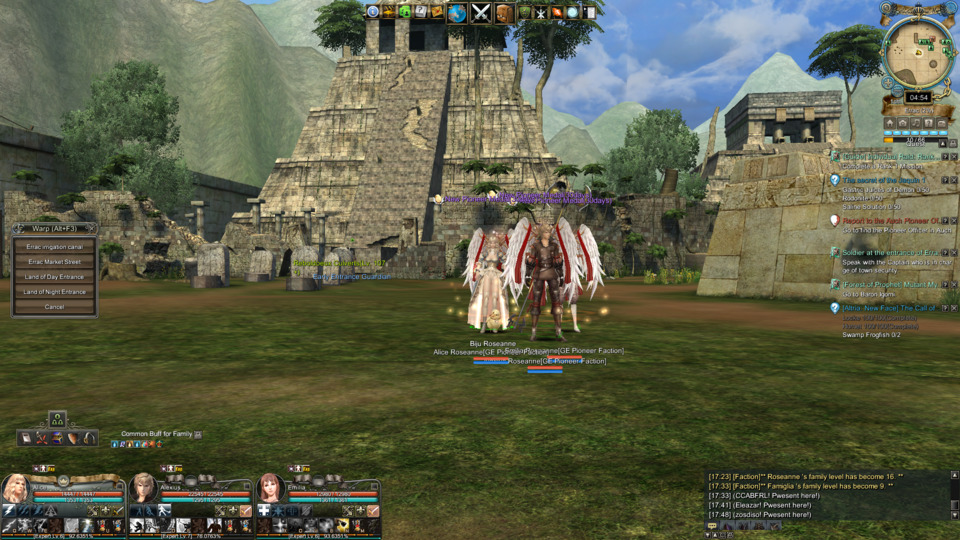
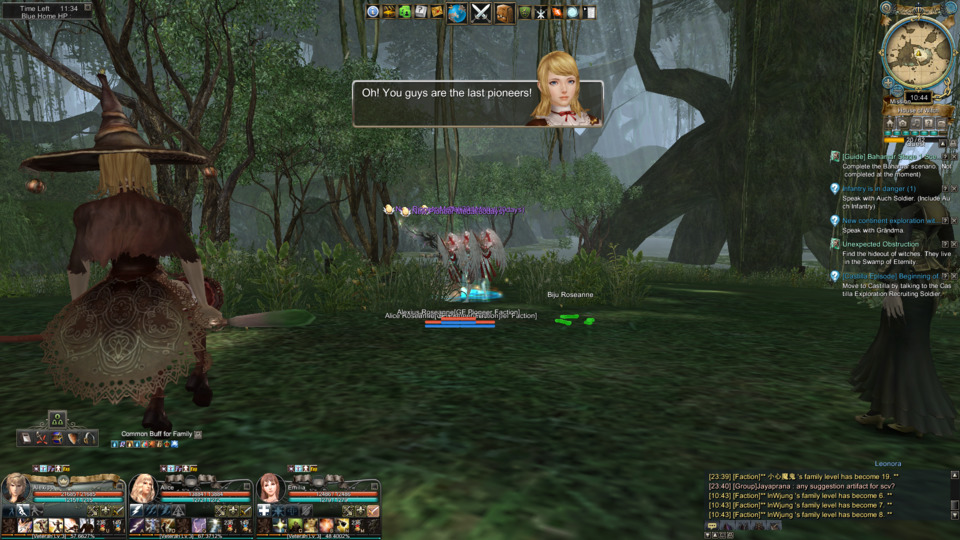
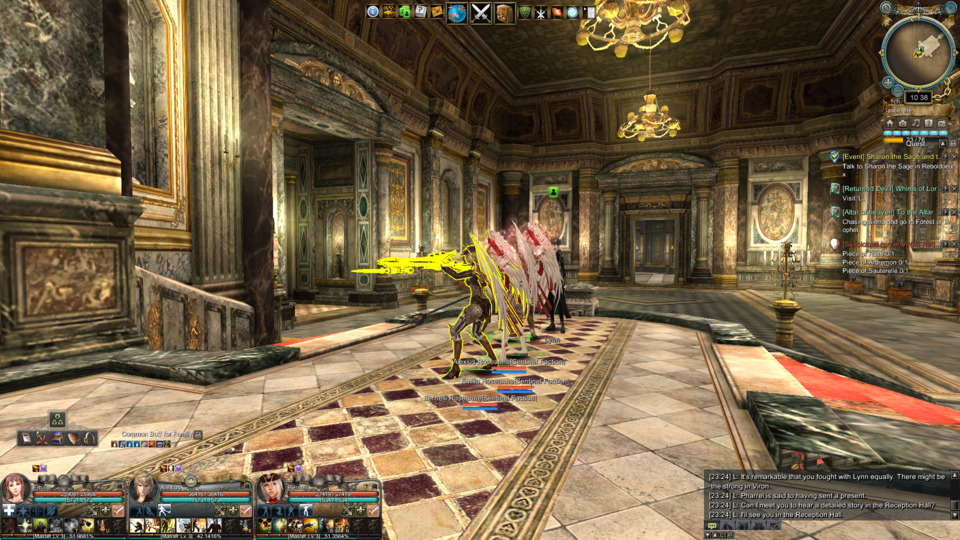
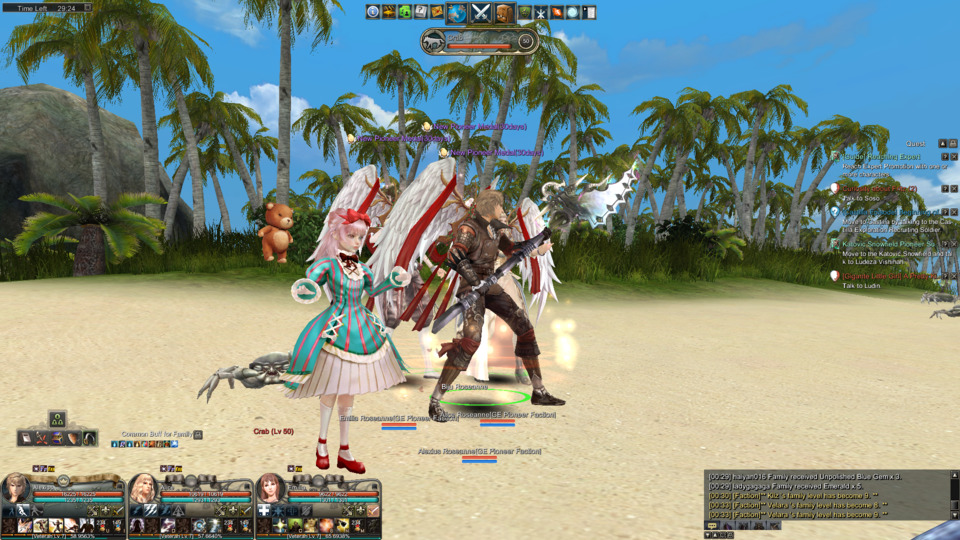
Log in to comment